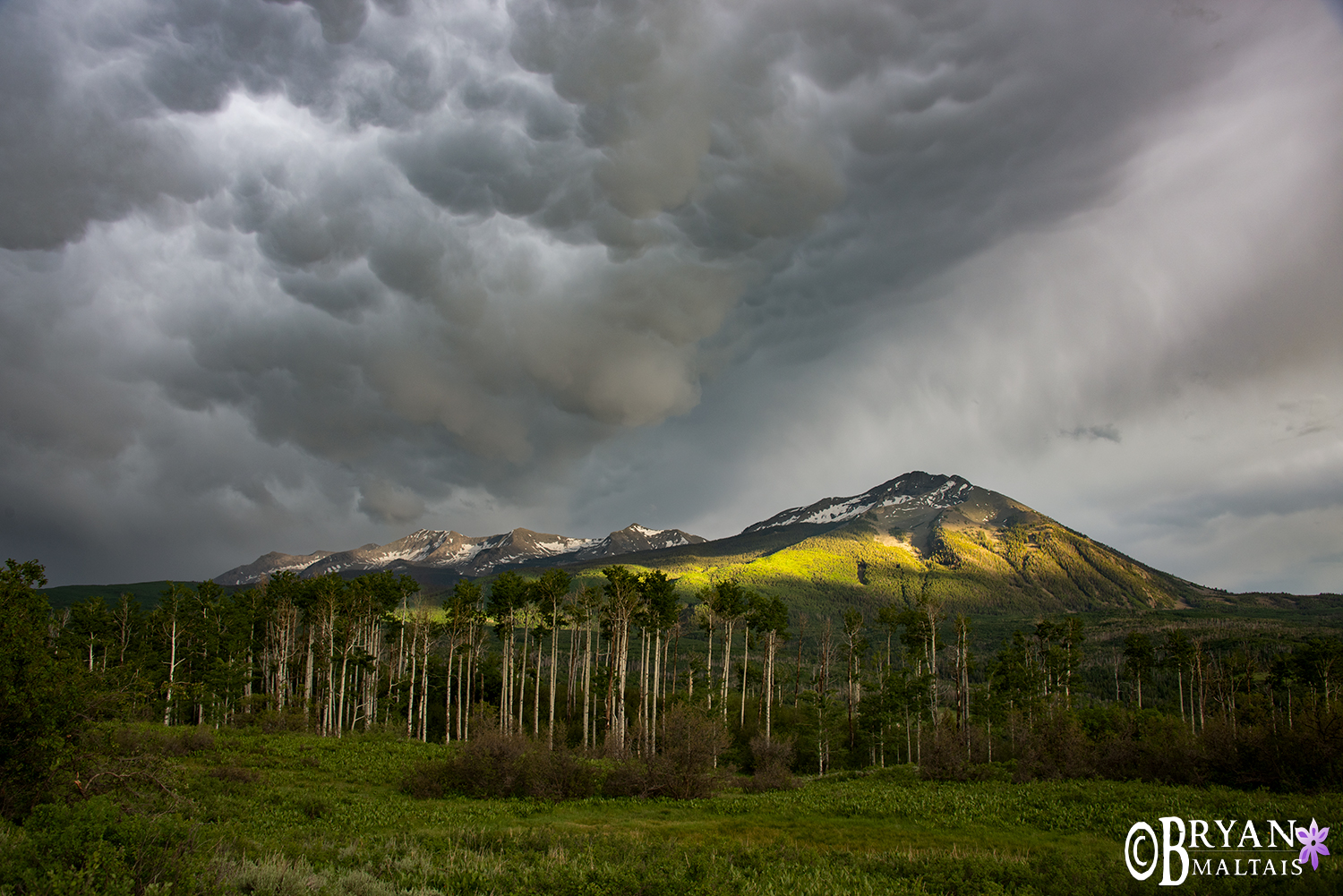
These are my personal favorite landscape, wildlife and macro photos from Colorado and elsewhere in the USA that I took in 2020. The Rona made sure I took no pictures abroad this year. These aren’t all necessarily my best photos of 2020, but represent some of my most unique discoveries, best experiences and memories of the year.
- The Milky Way over Crested Butte, Colorado
- A main challenge of nature photography is capturing a unique mix of dramatic conditions that makes photos memorable against the rest. The way to overcome this challenge is by spending a lot of time in the field. I’ve been returning to Arches National Park, Utah in Winter for years to finally capture the trinity of golden light, dramatic clouds, and snow on the ground. This is the Windows section of Arches, with Turret Arch as the focal point.
- This is a venomous Northern Cottonmouth. When confronted, most venomous snakes remain still and passive, or try to escape. They resort to striking when stepped on or cornered, like any creature would. I visited southern Illinois in October where thousands of snakes migrate from a vast wetland to hibernation chambers in limestone bluffs. On this day I encountered over 100 snakes, mostly Cottonmouths.
- On a hike in Rocky Mountain National Park I noticed the Greenback Cutthroat Trout in this stream had a predictable pattern of movement, and didn’t seem put-off by hikers passing by. I thought it would be a fun challenge to capture a clear shot of several fish in the same frame. I returned a few days later with my waterproof point and shoot camera. I mounted the camera to a tripod and lowered it into the water where they congregated. I set it to continuously shoot for 20 minutes, hoping to capture the composition I was after. Because I couldn’t see what I was framing, it took a lot of trial and error to get the composition right. The Greenback Cutthroat is a threatened species.
- Arizona
- The so called “House on Fire” in Utah is a granary built into a sandstone cliff by the Pueblo Indians. They left the region in about 1350 AD to settle further south, presumably because natural climate change and overpopulation degraded their agriculture. The natural striations in the ceiling rock give its name.
- Spring in Missouri in May was abnormally wet and cool. The breeding period of amphibians was extended, and richly colored fungi dotted the forest like little ornaments. This is my personal favorite photo that I’ve ever taken. It embodies what I love about nature; lush, moist, plant, animal, wood, forest, slowly discovering what lives on the forest floor. This is an American Toad perched on a rotting log with Orange Mycena Mushrooms.
- Canyonlands National Park, Utah with the La Sal Mountains.
- This delicate Russula Mushroom grew at the base of a towering Redwood in California’s Great Basin Redwoods State Park. It was my first introduction to photographing California.
- While these are my favorite photos from 2020, they’re not necessarily crowd favorites. The numbers of reptiles and amphibians along the Colorado Front Range is declining as the influx of people grows. This is evident not only in my observations over the years, but in recorded encounters such as from iNaturalist. Several species have already gone locally extinct. A big culprit is roadkill from heavier traffic that allows no gap for slow moving animals to cross. I was happy to find this Prairie Rattlesnake in the large complex of grasslands north of Fort Collins.
- Ice Climbing in January in the Colorado San Juan Mountains
- Low clouds caress the colored rocks of Glen Canyon
- Aspen groves aren’t hard to find in Colorado, but it’s up to your eye to parse out a blanced formation of trees among the puzzle pieces.
- The elk rut is very exciting to watch in Rocky Mountain National Park. I observed it a few days over 2 weeks. The most interesting part was watching how some bulls won and then lost their harems to rival males. Some bulls that began dominant and strong ended injured, weak and without a harem.
- Cave Salamander from Missouri
- The central California coast
- A Sagebrush Sheep Moth
- Male Evening Grosbeak. I’ve never seen this rather tropical looking bird in Colorado before, so was surprised to observe several groups along Kebler Pass Rd. near Crested Butte in June.
- Tiger Salamanders are usually brown and yellow and have a “normal” salamander body for living on land. When they find a body of water that never dries up and contains no fish (a very rare situation in nature) they have the ability to become adults that remain in their larval aquatic form and never leave the water. This is called “neoteny”. This giant, 12″ mature Tiger Salamander was living in a water feature of a golf course in the mountains with dozens of conspecifics.
- Gardening in my backyard beneath stormy spring skies is one of my favorite simple pleasures (though not during lightning). Colorado’s 2020 weather and environmental events were extreme. Wildfires fueled by beetle kill and drought burned hundreds of thousands of acres. Colorado also experienced it’s first ever recorder derecho. Our derecho was a hurricane-force wall of thunderstorms that surged across a vast swath of the west. It produced record winds that flattened a row of trees on my property.
- California
- Couch’s Spadefoot Toad lies buried in the soils of the Sonora Desert the entire year, then emerges in anticipation of the Summer monsoon rains to feed and breed. This year, the monsoons never came, exacerbating the mega-drought gripping the American southwest. Nonetheless, these faithful little spirits still emerged with their surprised eyes waiting for rain.
- This was one of the most exciting and beautiful weather events that I’ve witnessed. A dynamic t-storm system surged over the West Elk Mountains of Kebler Pass, near Crested Butte in mid June. It brought with it heavy downpours followed by rainbows with sun shimmering through the dark clouds. The clouds changed shape rapidly and came forth in waves; as if I was underwater in a fixed point looking up at the waves in surf.
- Prairie Pasque Flowers emerge in the cold of early spring in the medium elevations of the foothills. They bloom quickly during a week, usually at the end of April.
- An Eastern Collared Lizard from the eastern plains of Colorado.
- Utah
- Mating American Toads in a field flooded by spring rains in Missouri
- A perfect arrangement of Orange Mycena Mushrooms in a Missouri forest
- I photographed this Eastern Copperhead on a trail in a forest near St. Louis. Some passers by acted terrified of this benign creature and thought I would surely die while getting so close to photograph it. The venomous Copperhead freezes when discovered, hoping to use it’s “dead leaf” camouflage to blend in. They’re one of the most calm snakes I’ve photographed and are extremely difficult to antagonize.
- I was lucky enough to photograph this Ensatina salamander in Big Basin Redwoods State Park, CA before the immense California wildfire complex burned the park.
- What looks like a standard landscape photo was a bizarre experience. Over Labor Day weekend, northern Colorado set a heat record for September at 99° F, then dropped to freezing and snowed 24 hours later. This unseasonably early snow gave me a chance to photograph this scene in Rocky Mountain National Park with snow on the mountains, but with the lake still unfrozen.

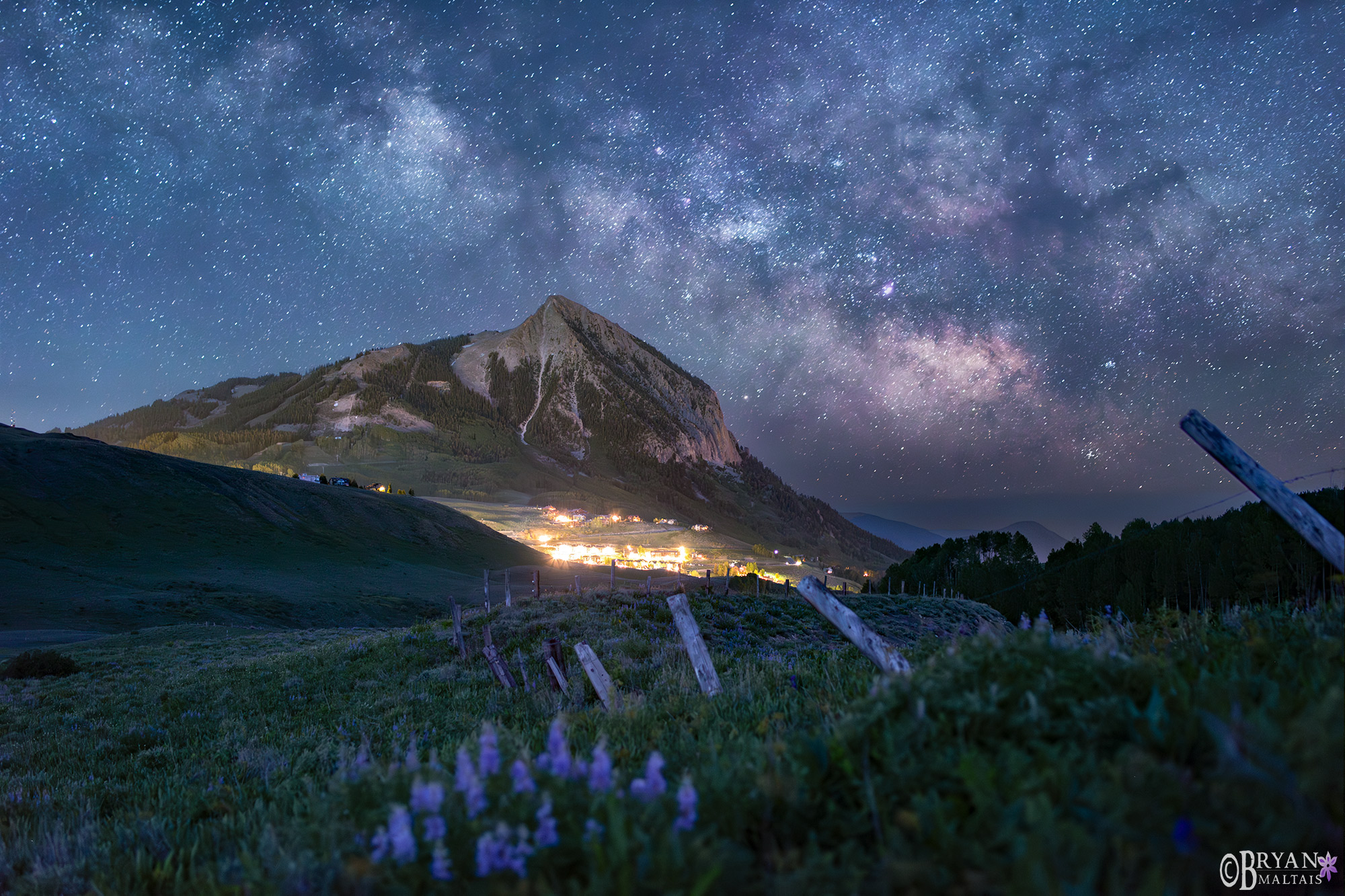
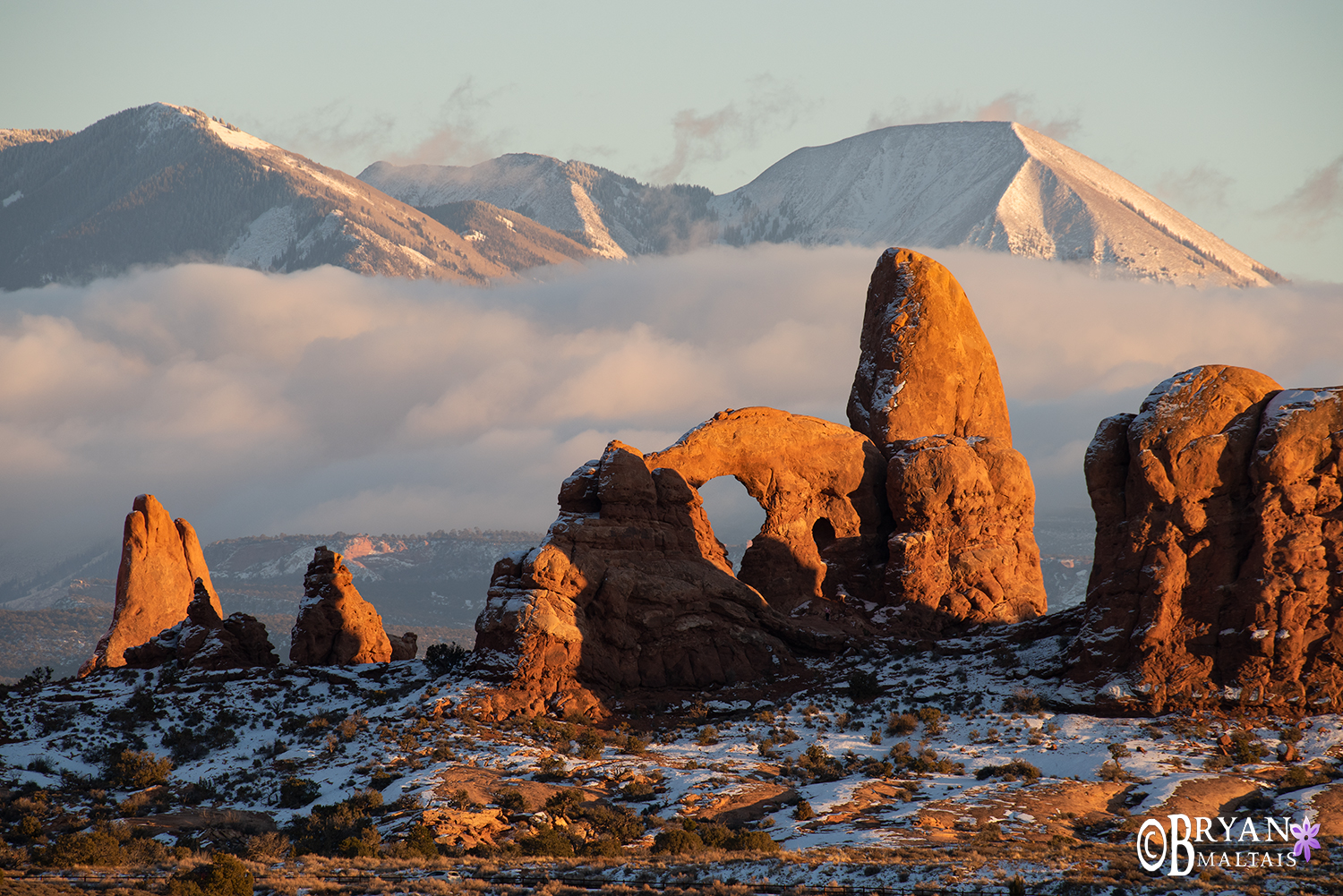
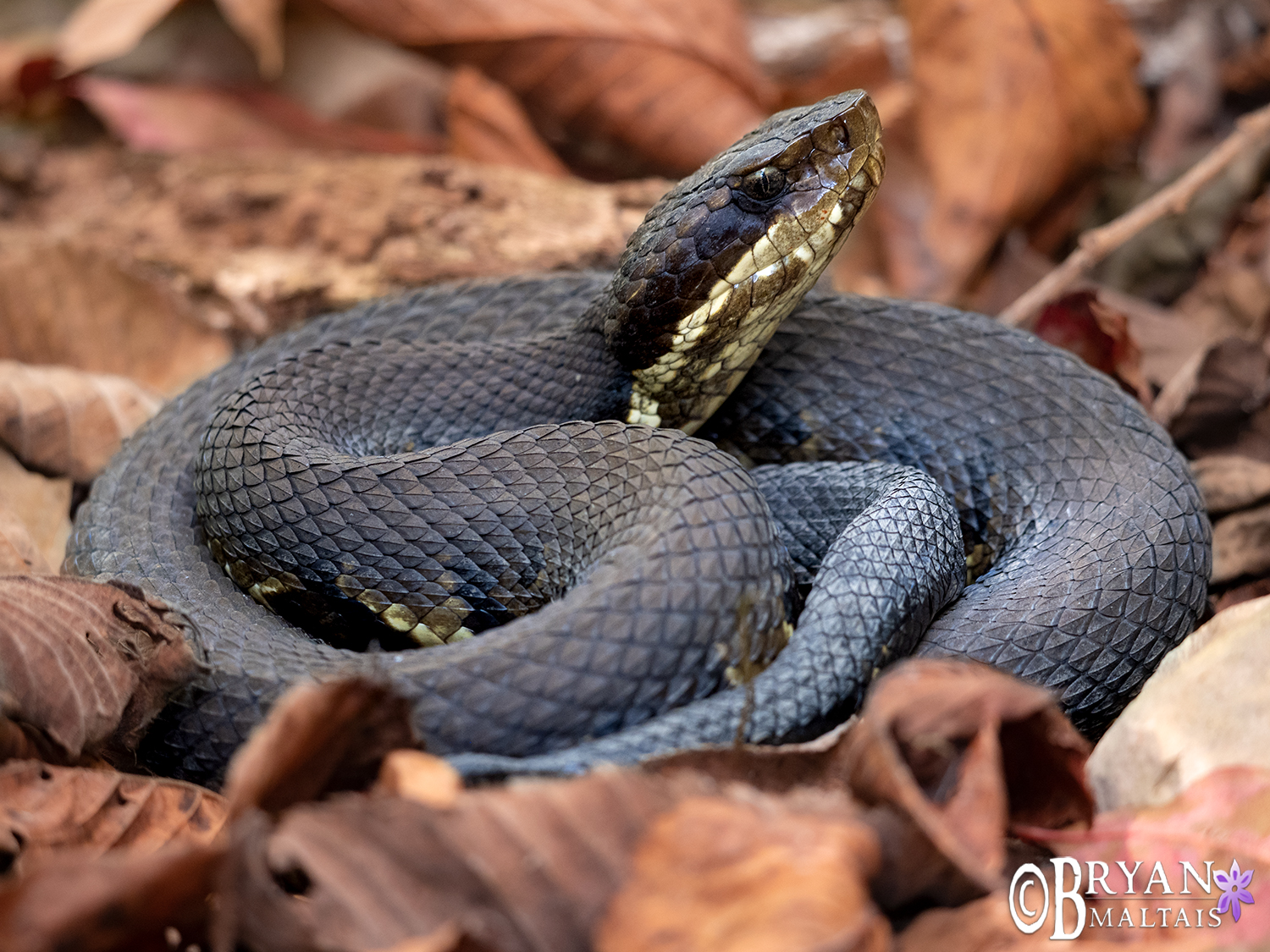
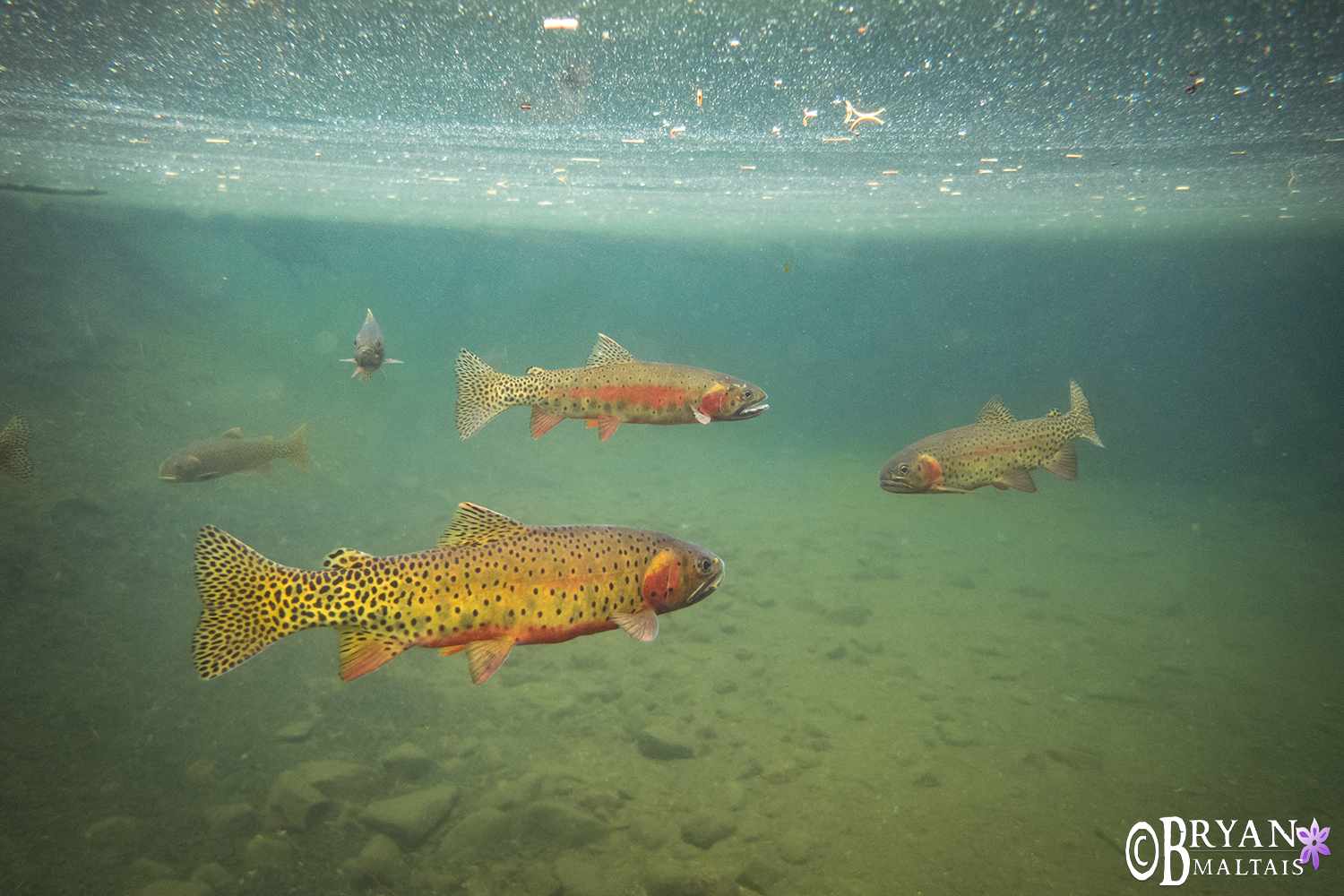
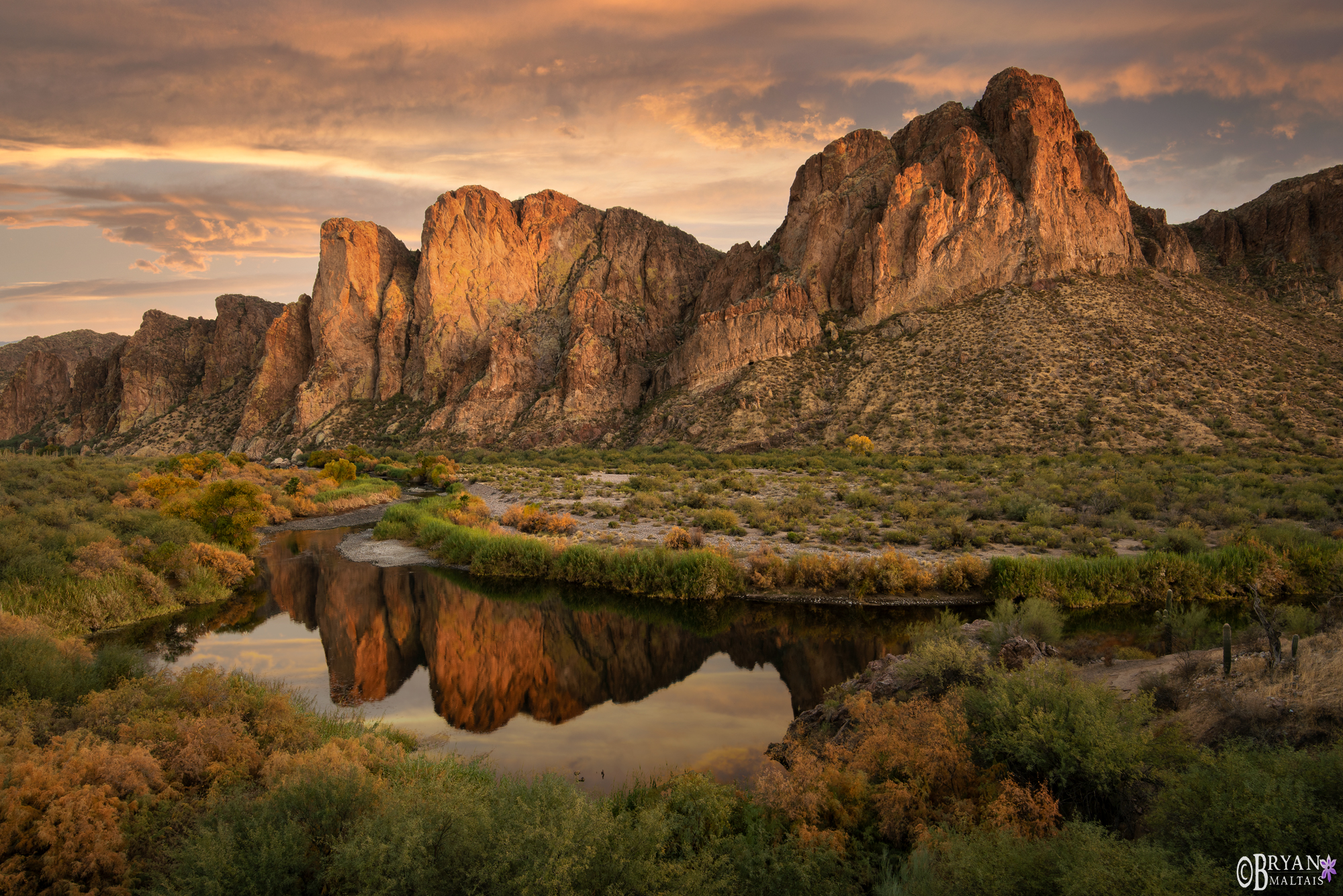
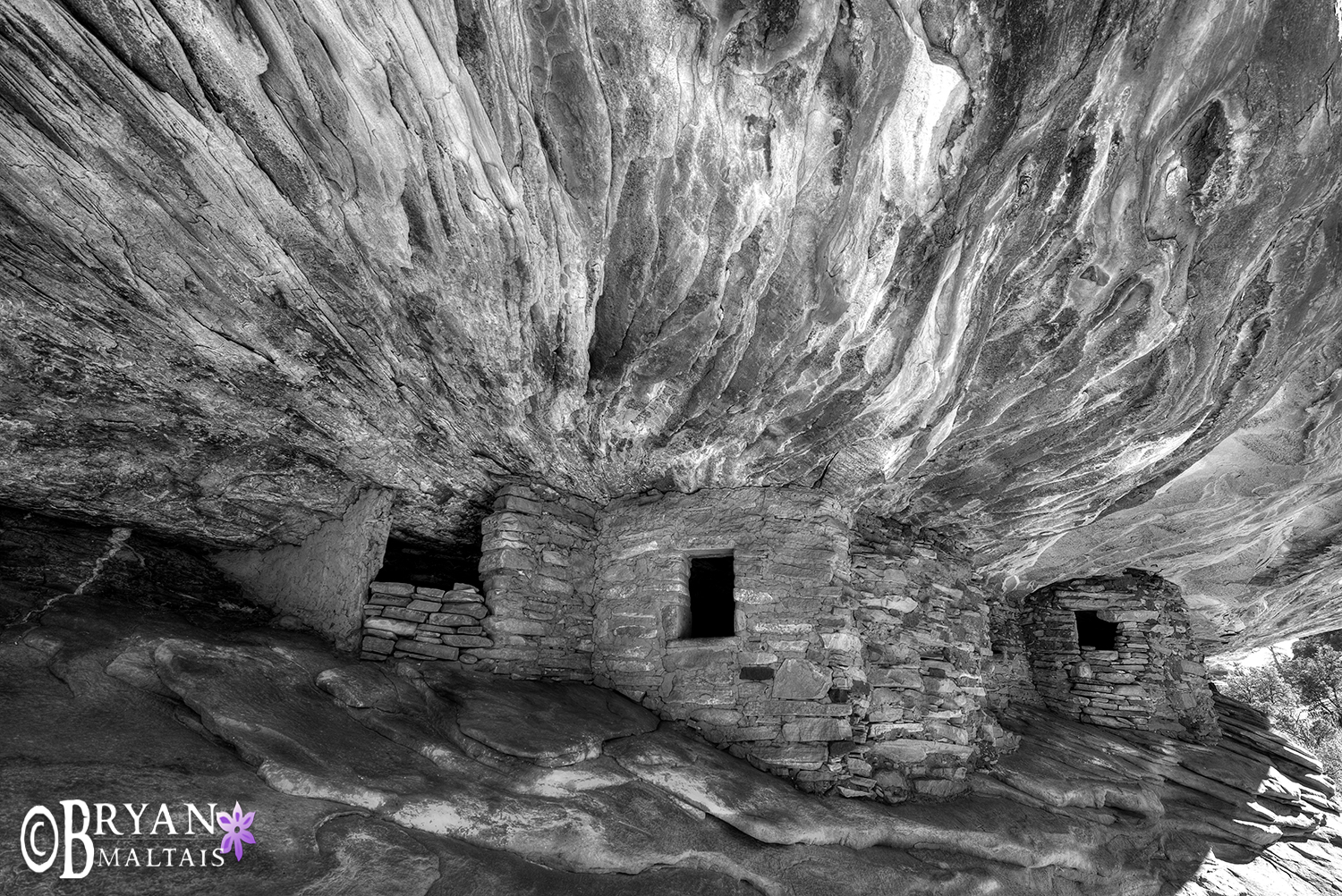
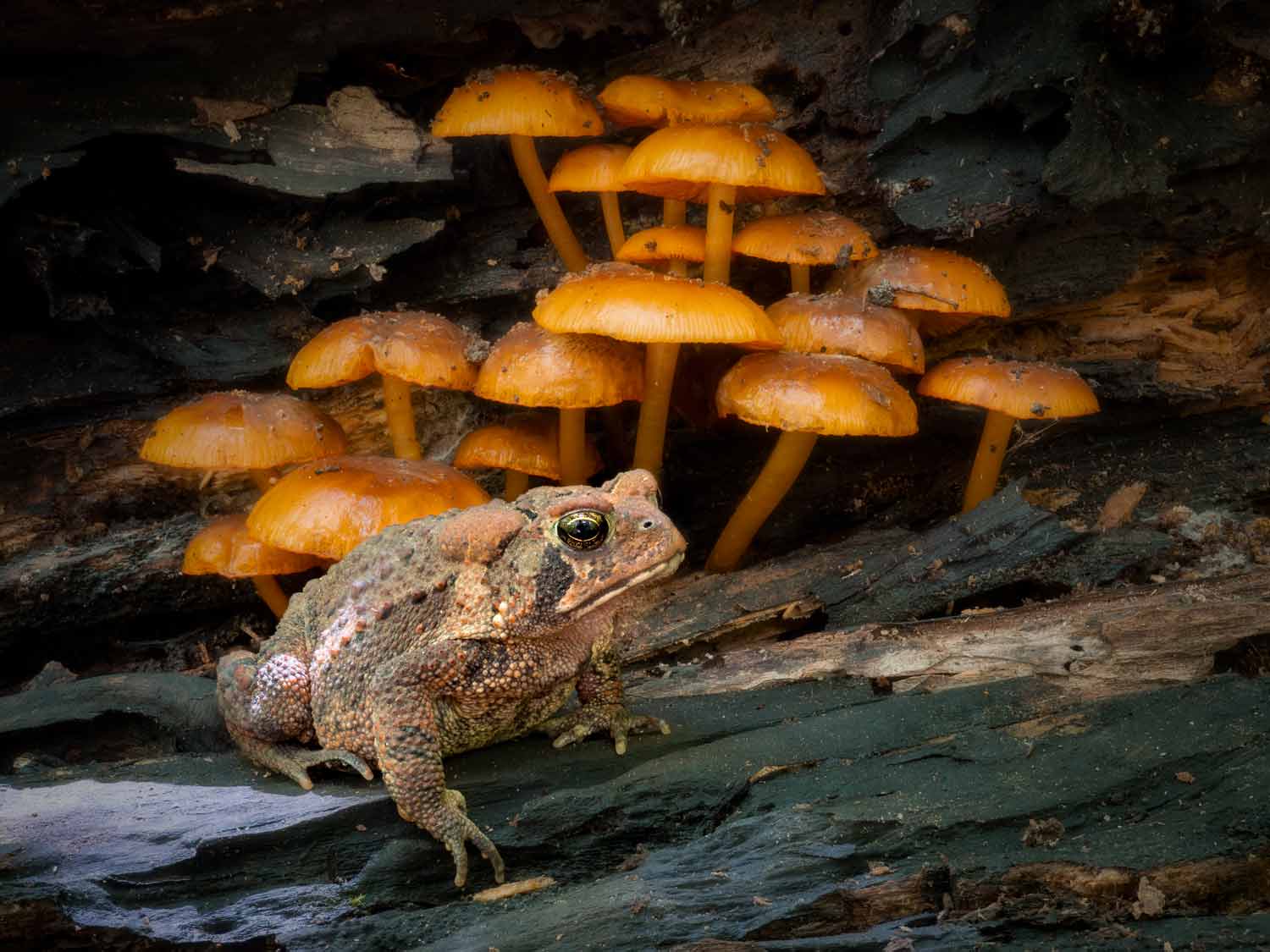
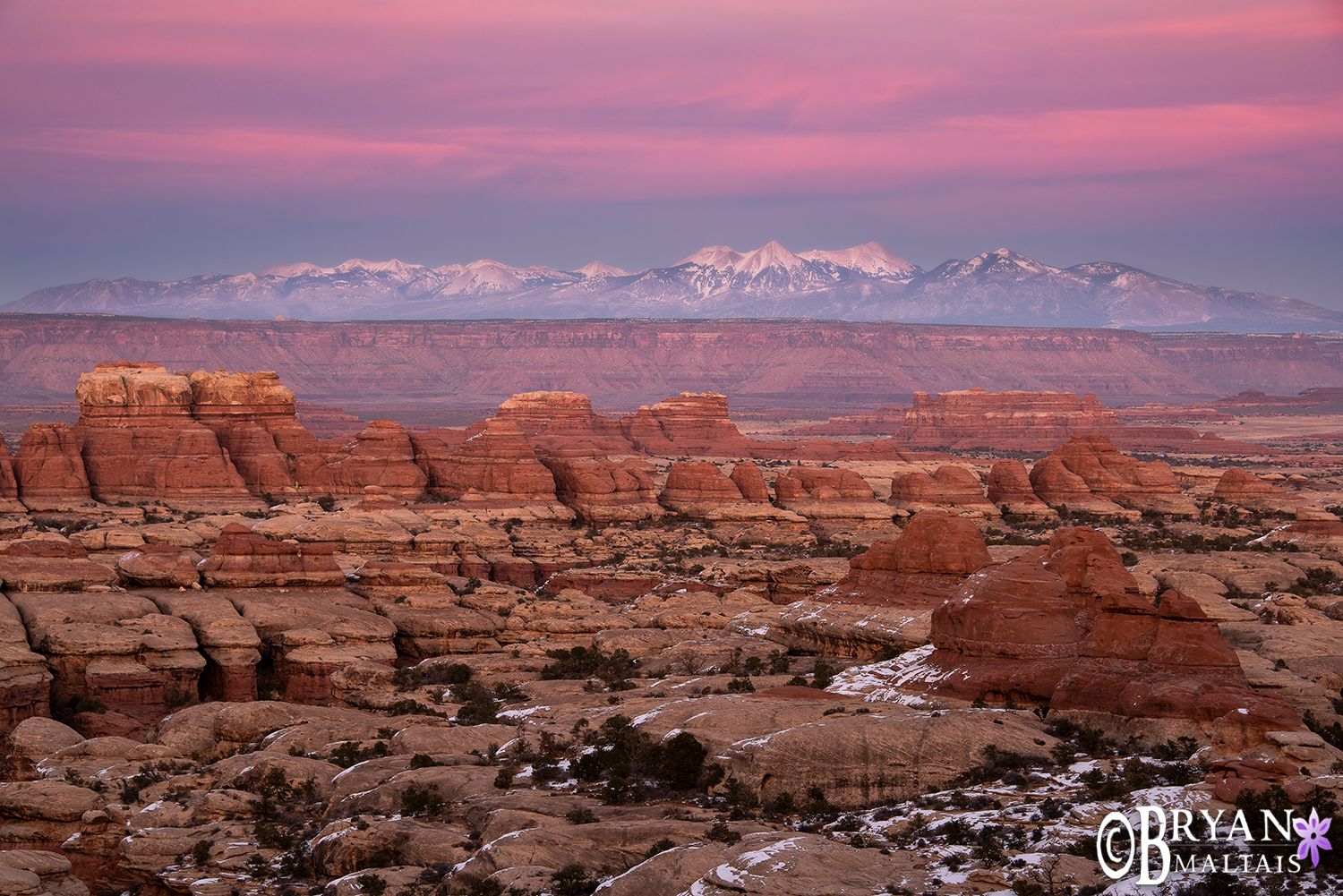
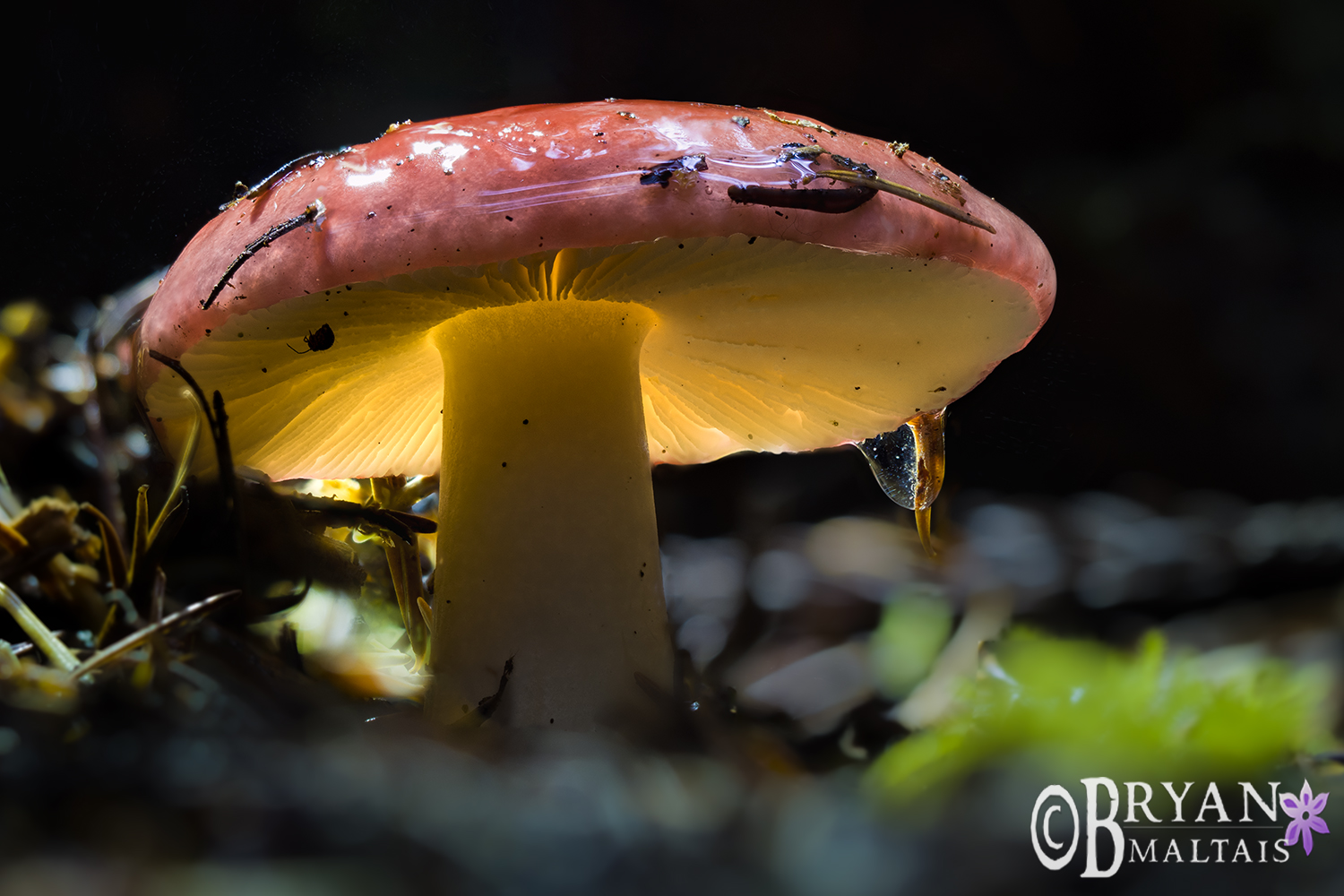
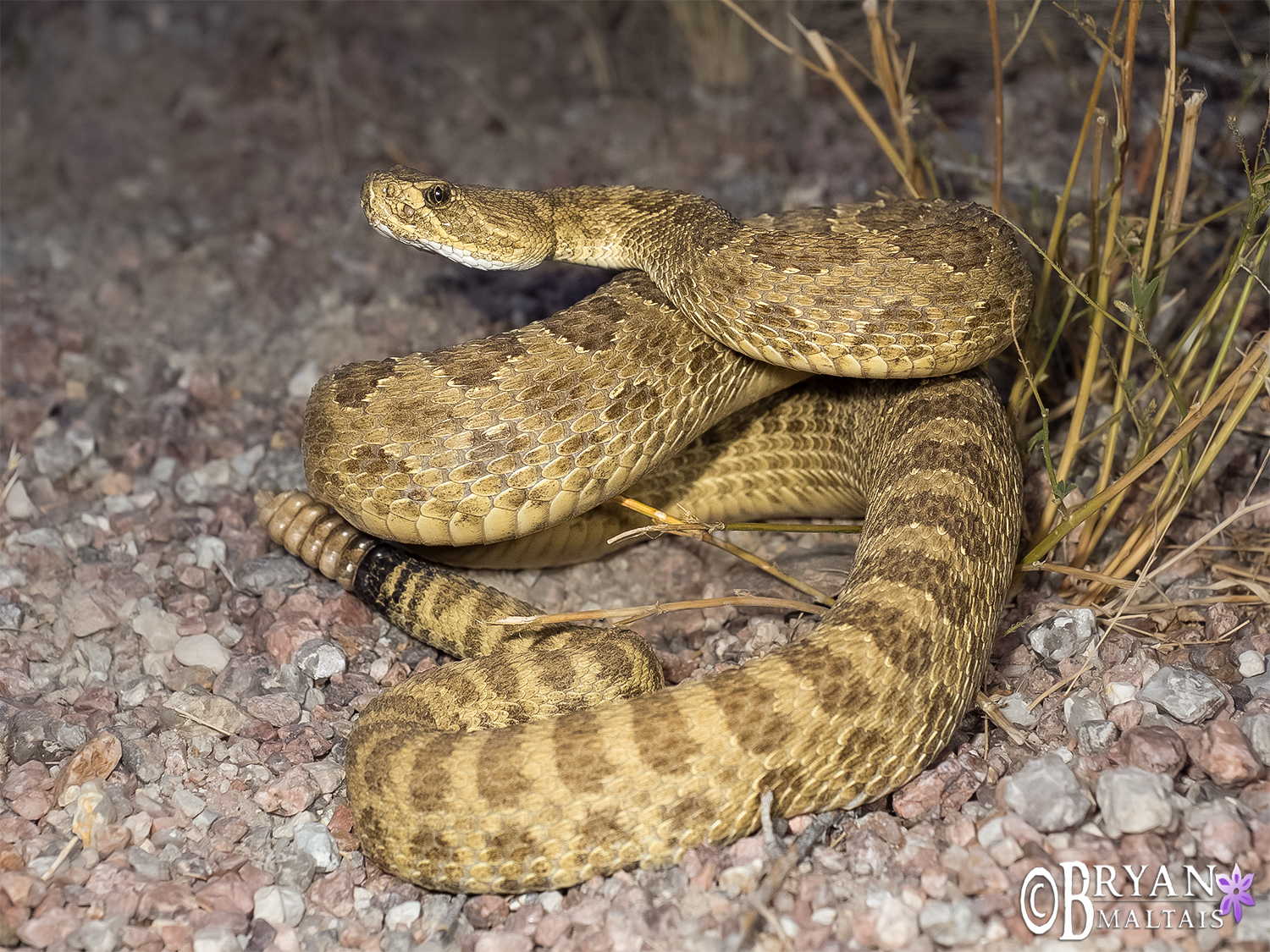
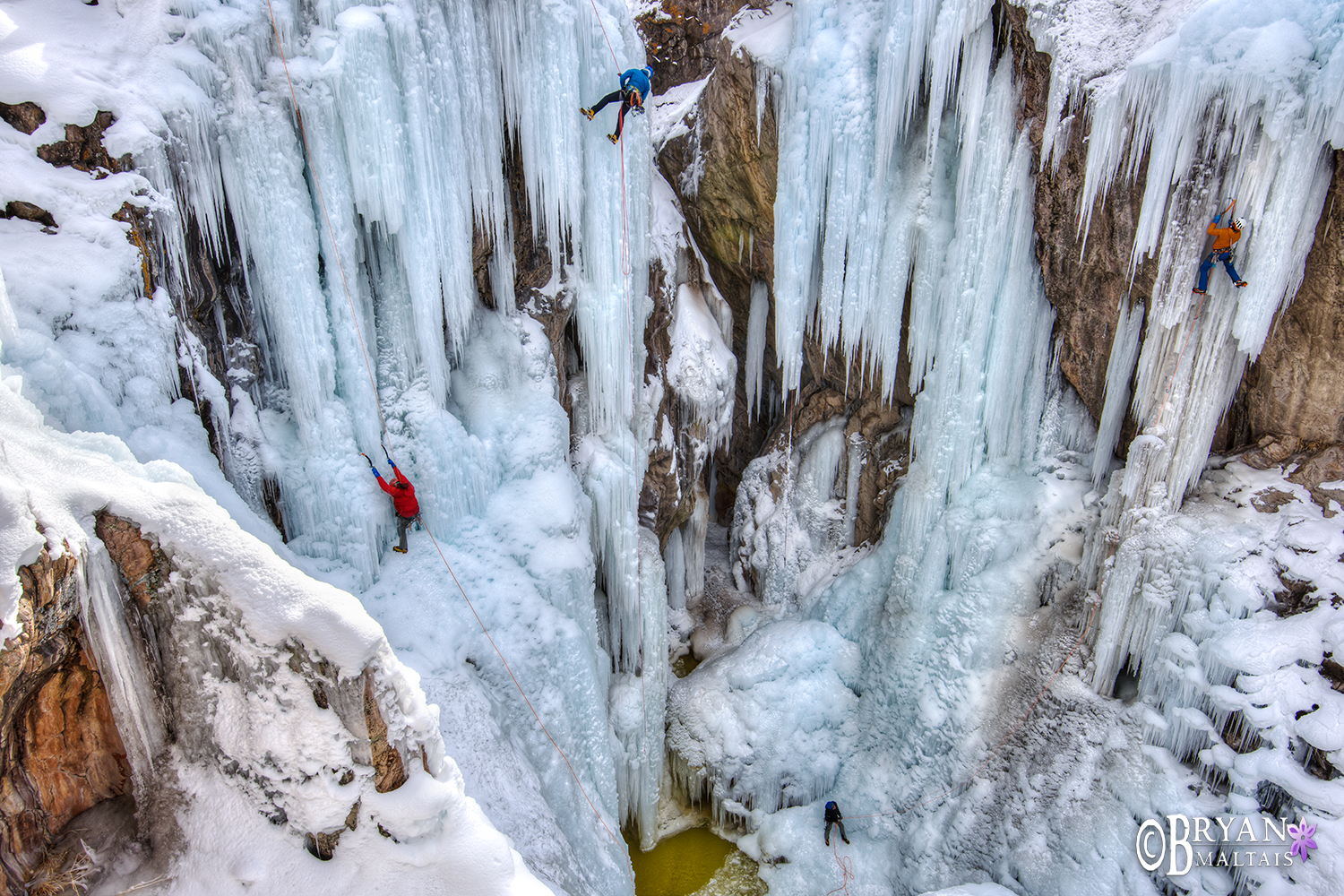
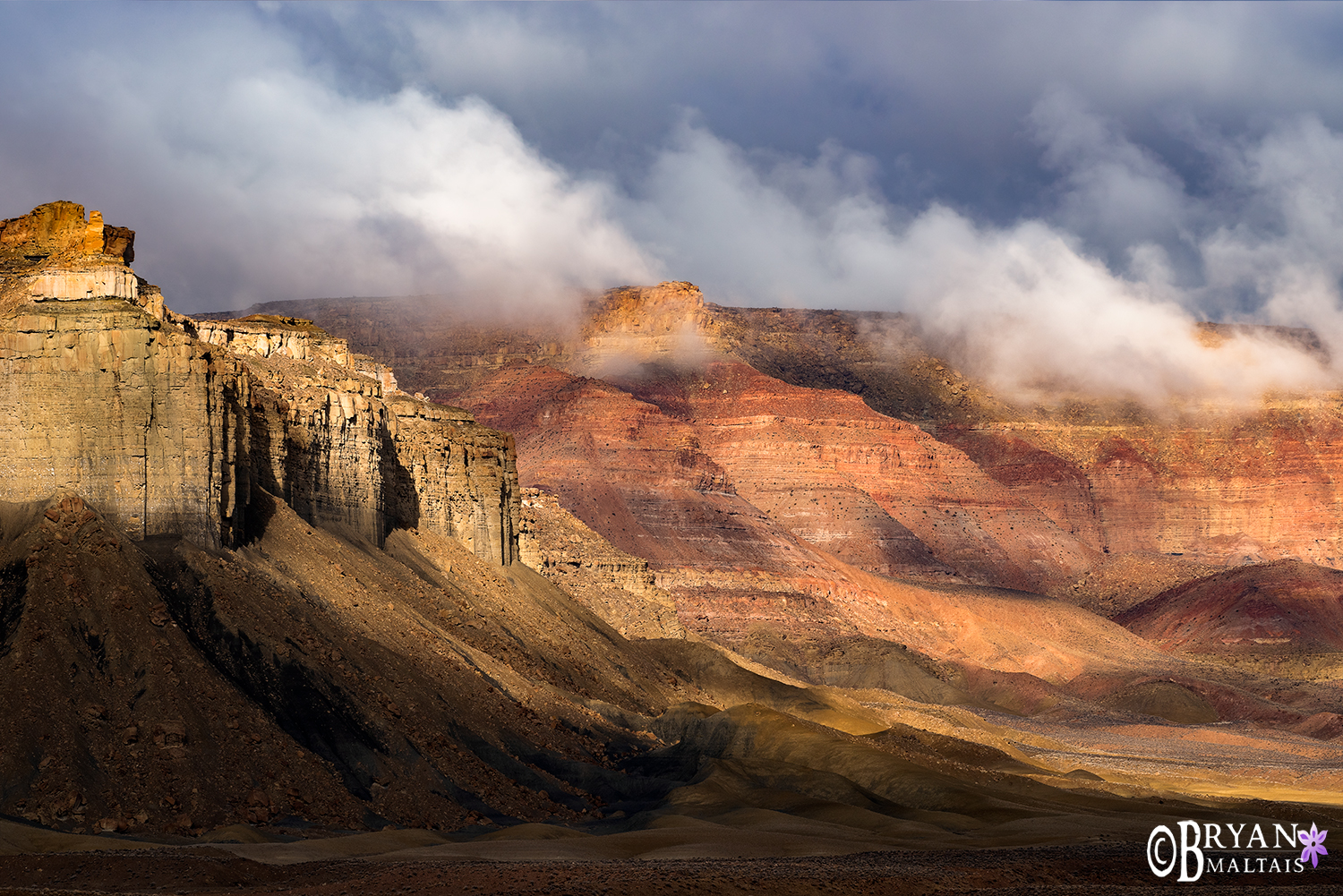
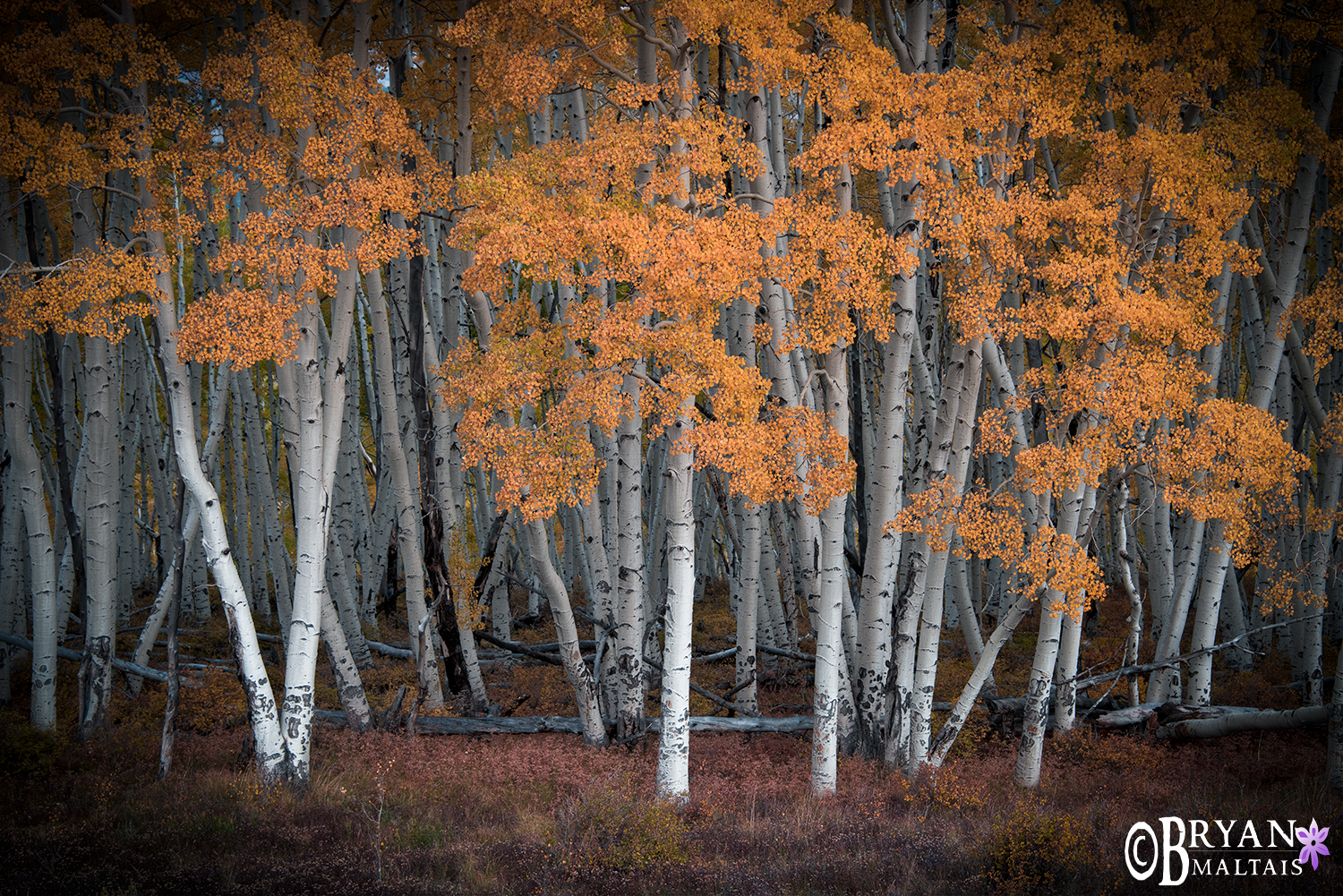
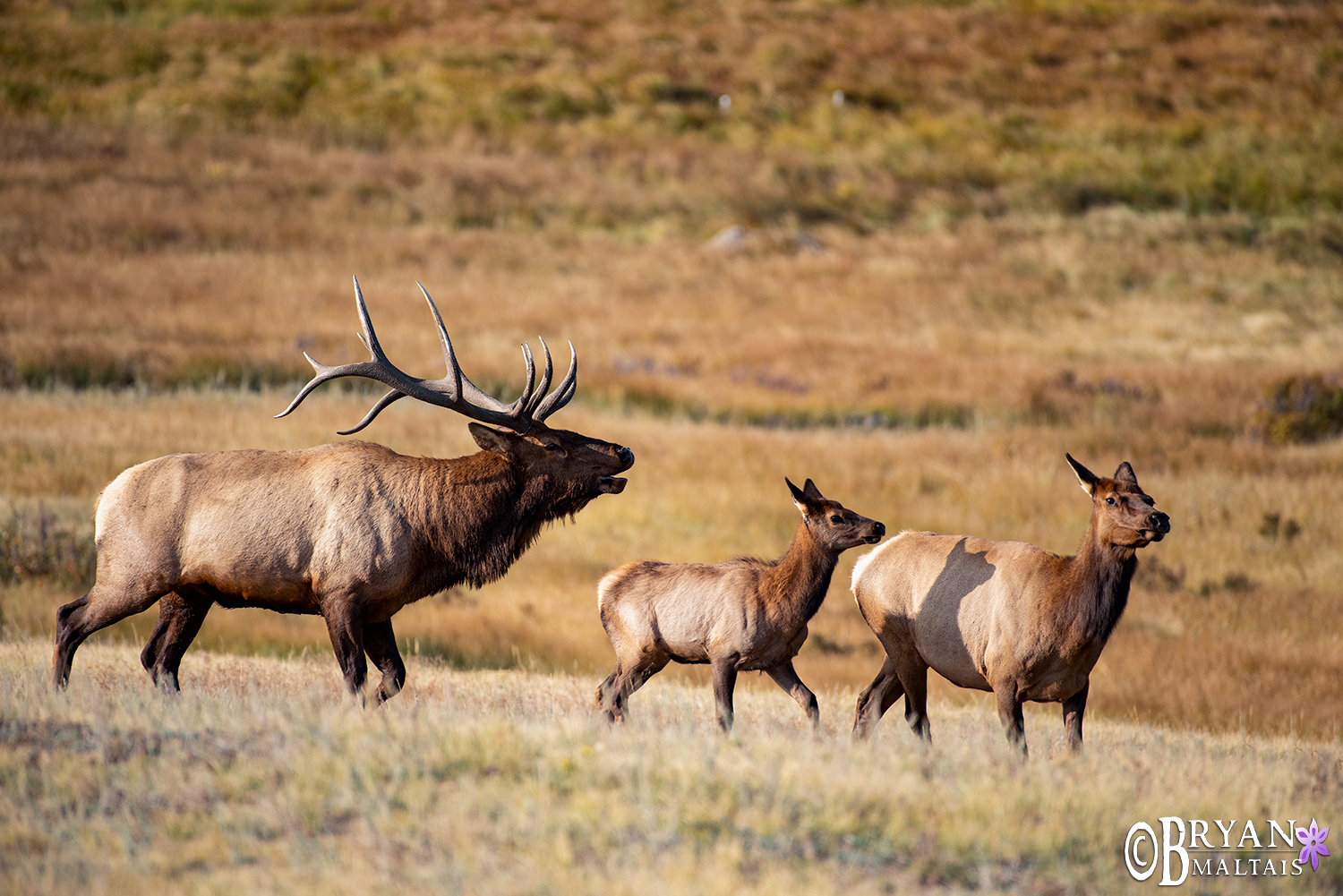
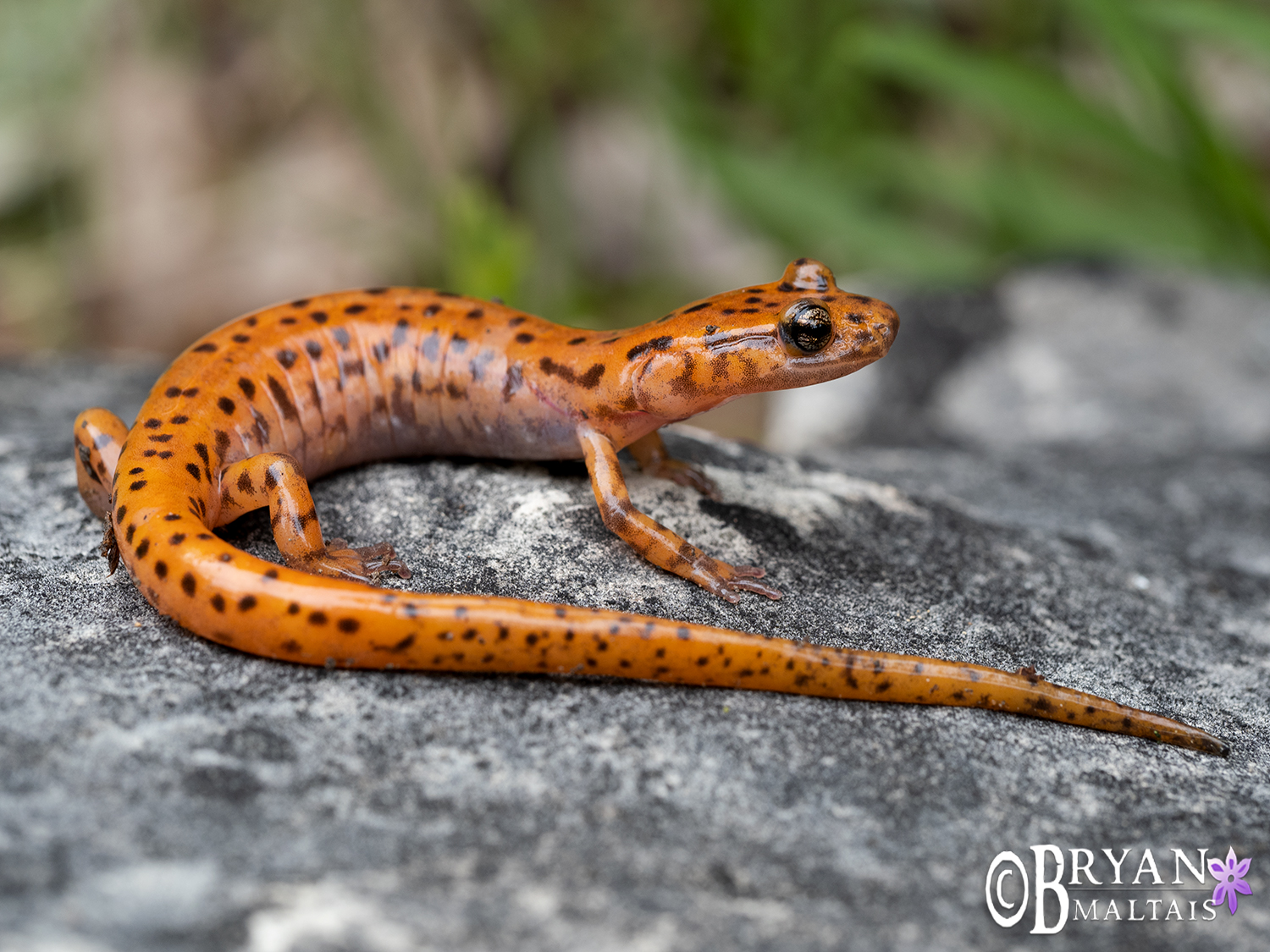
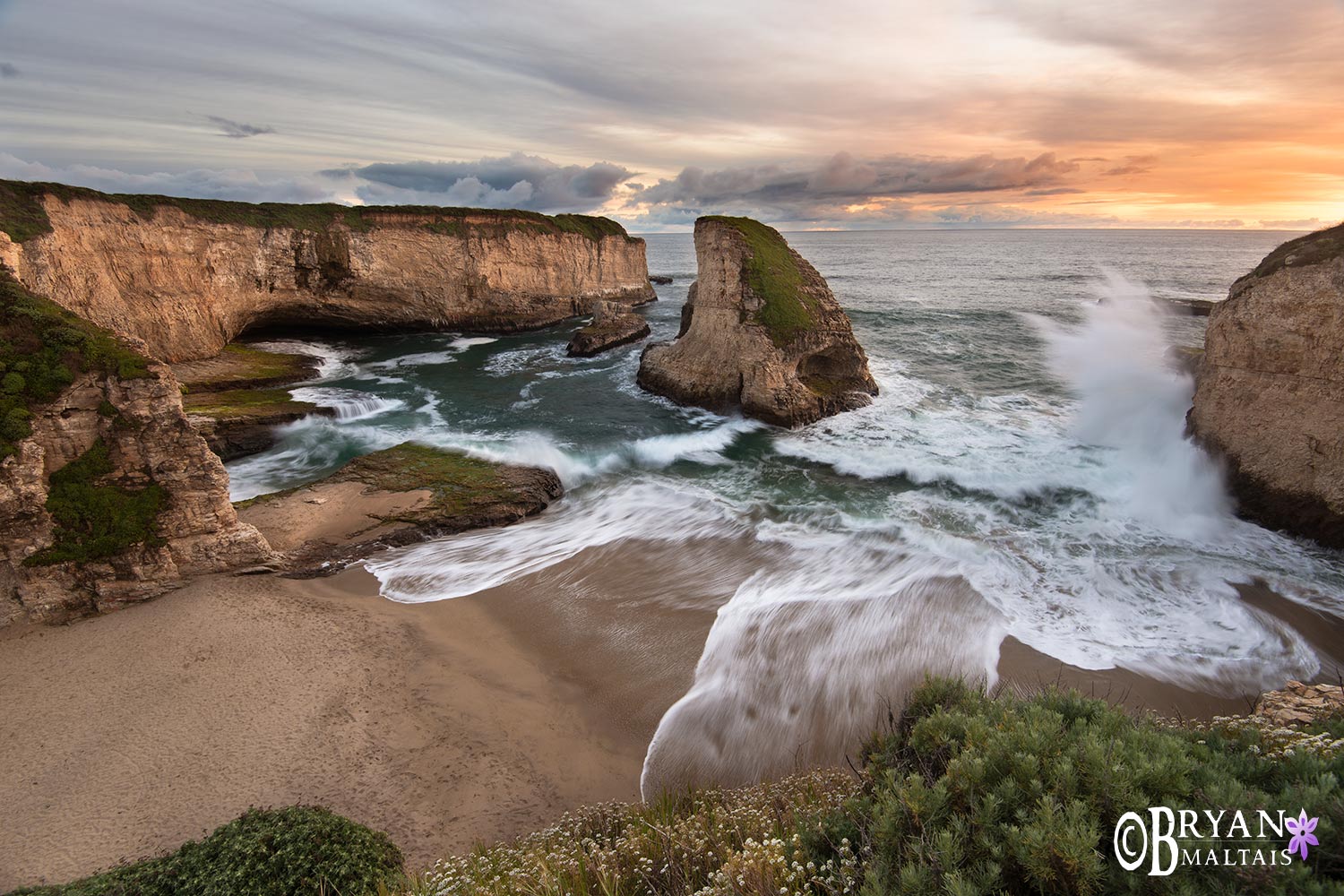
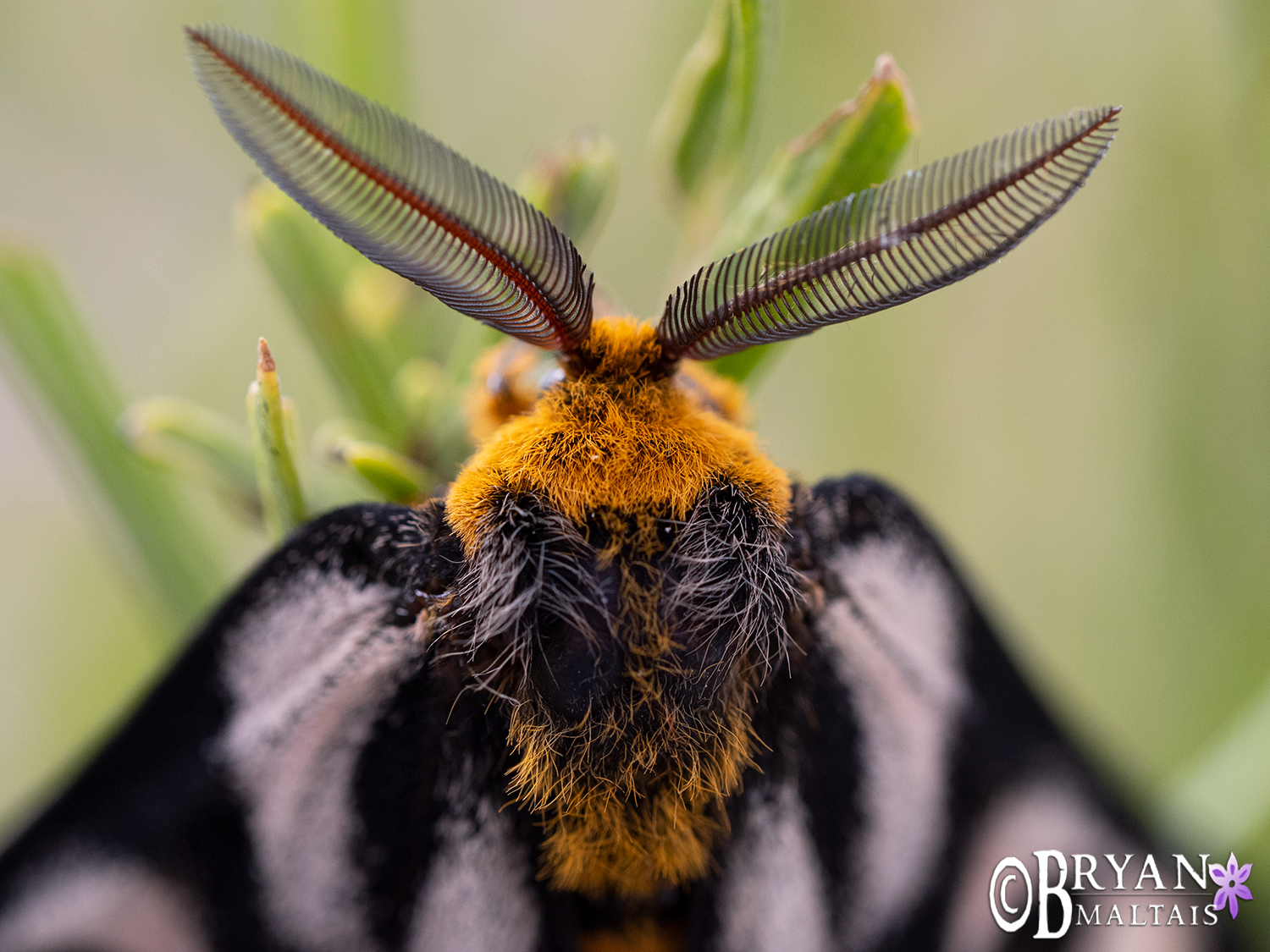
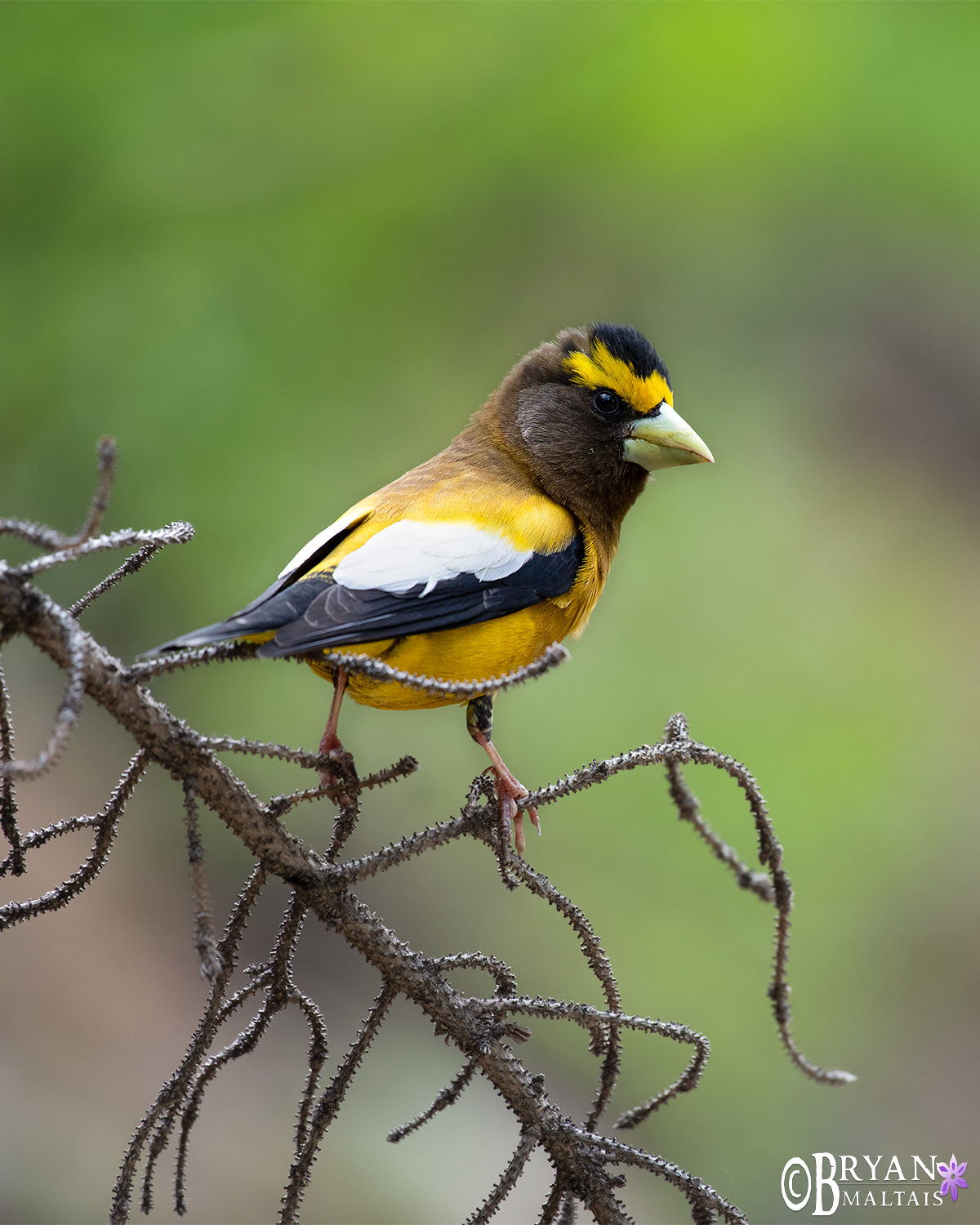
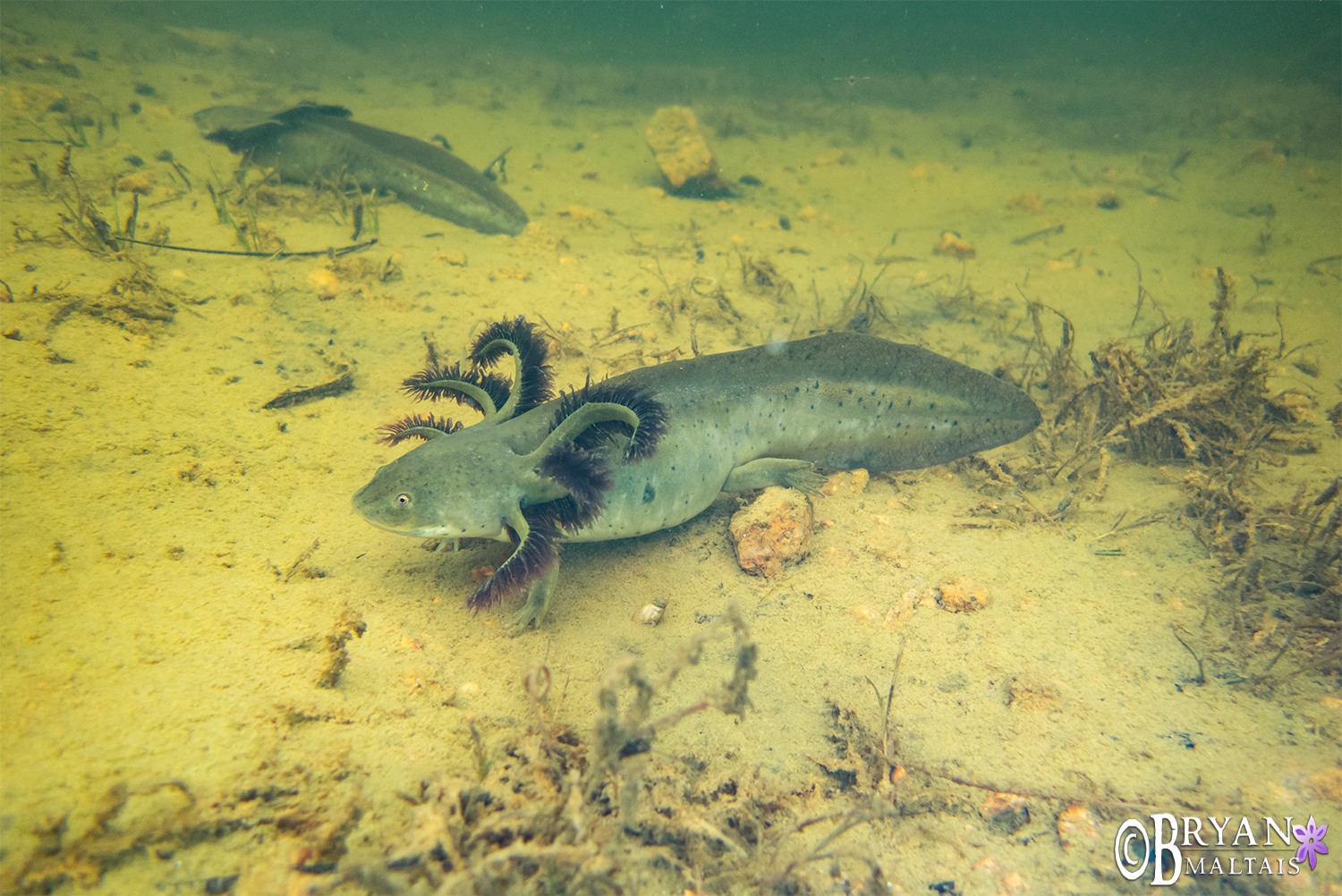
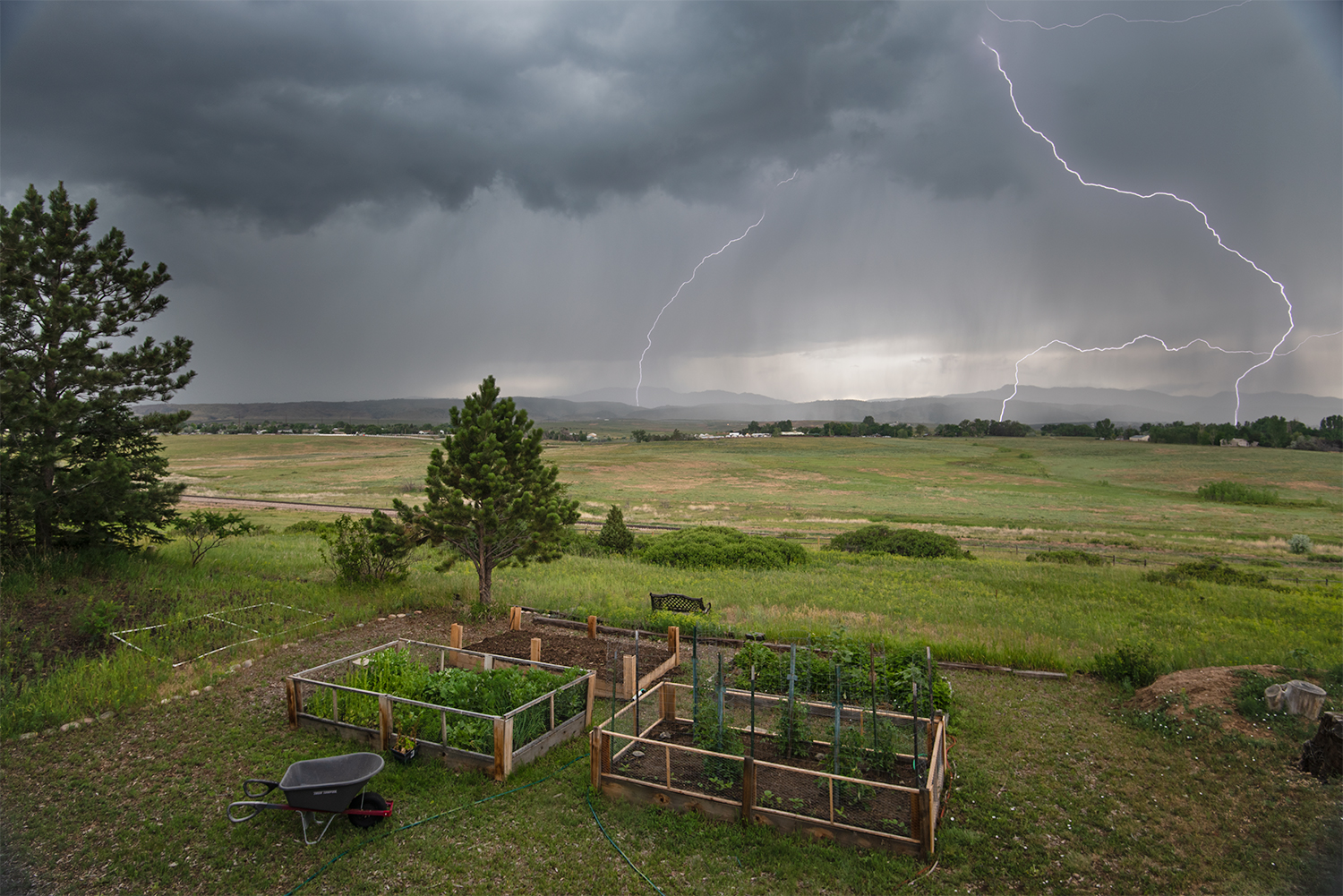
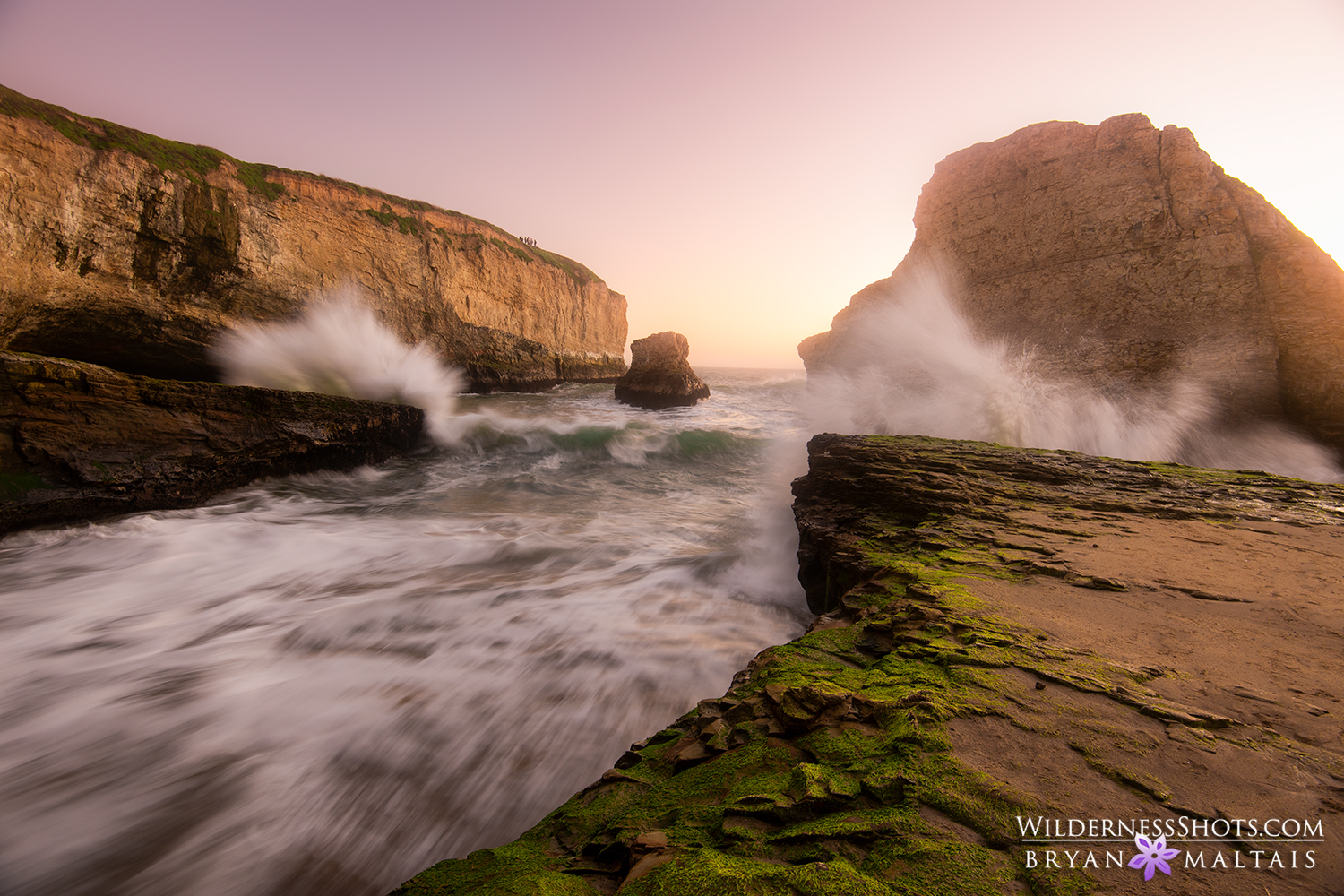
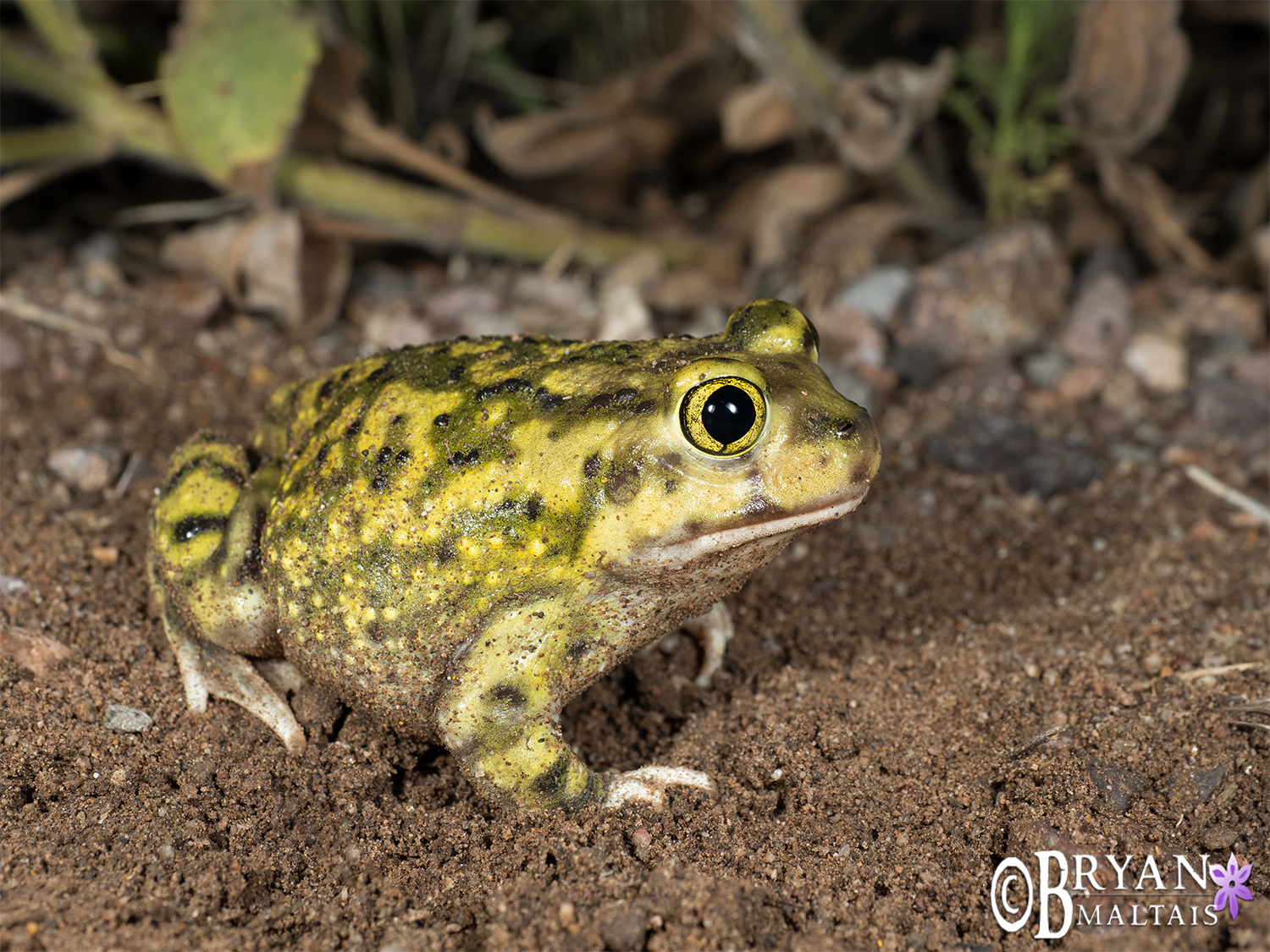
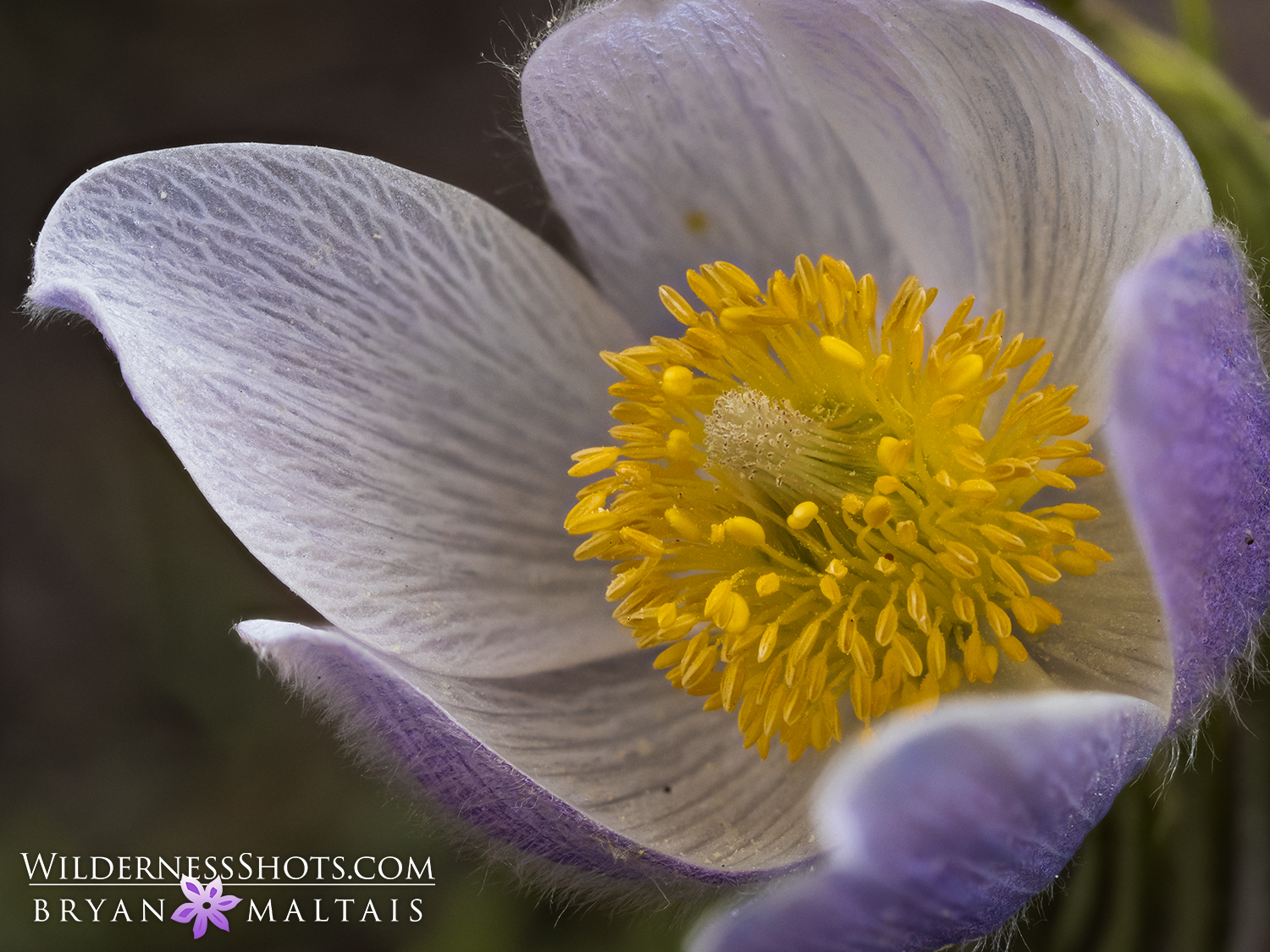
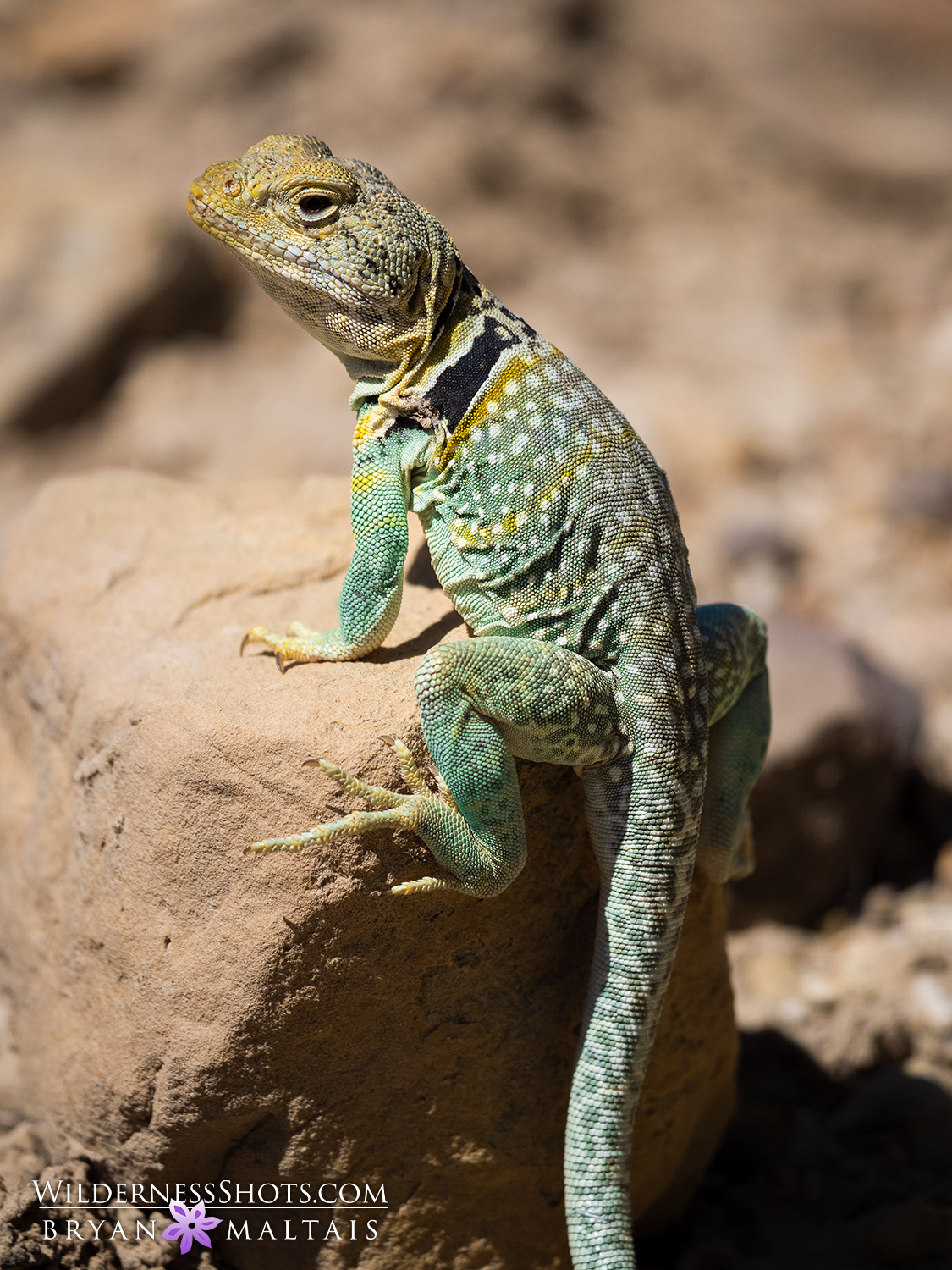
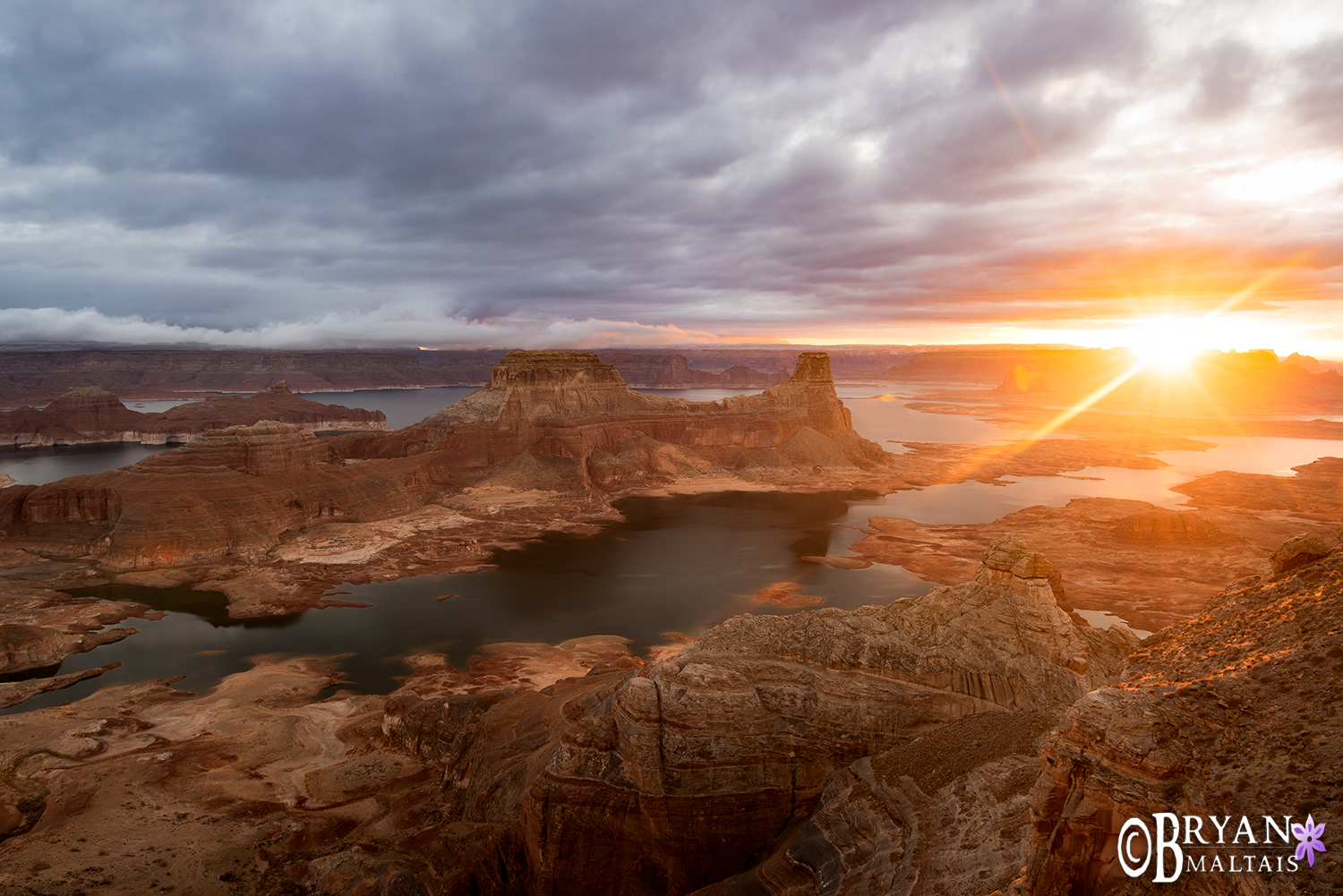
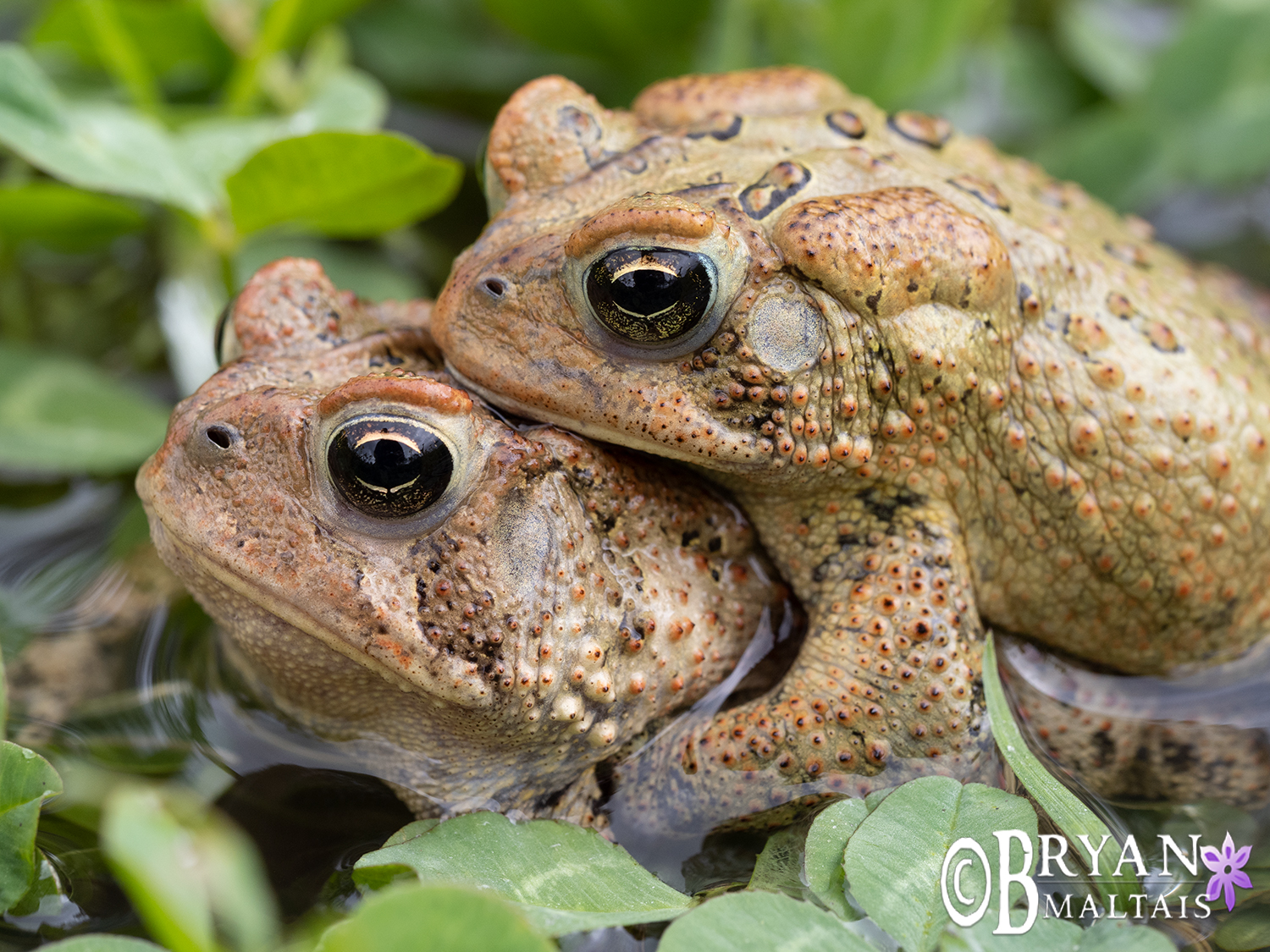
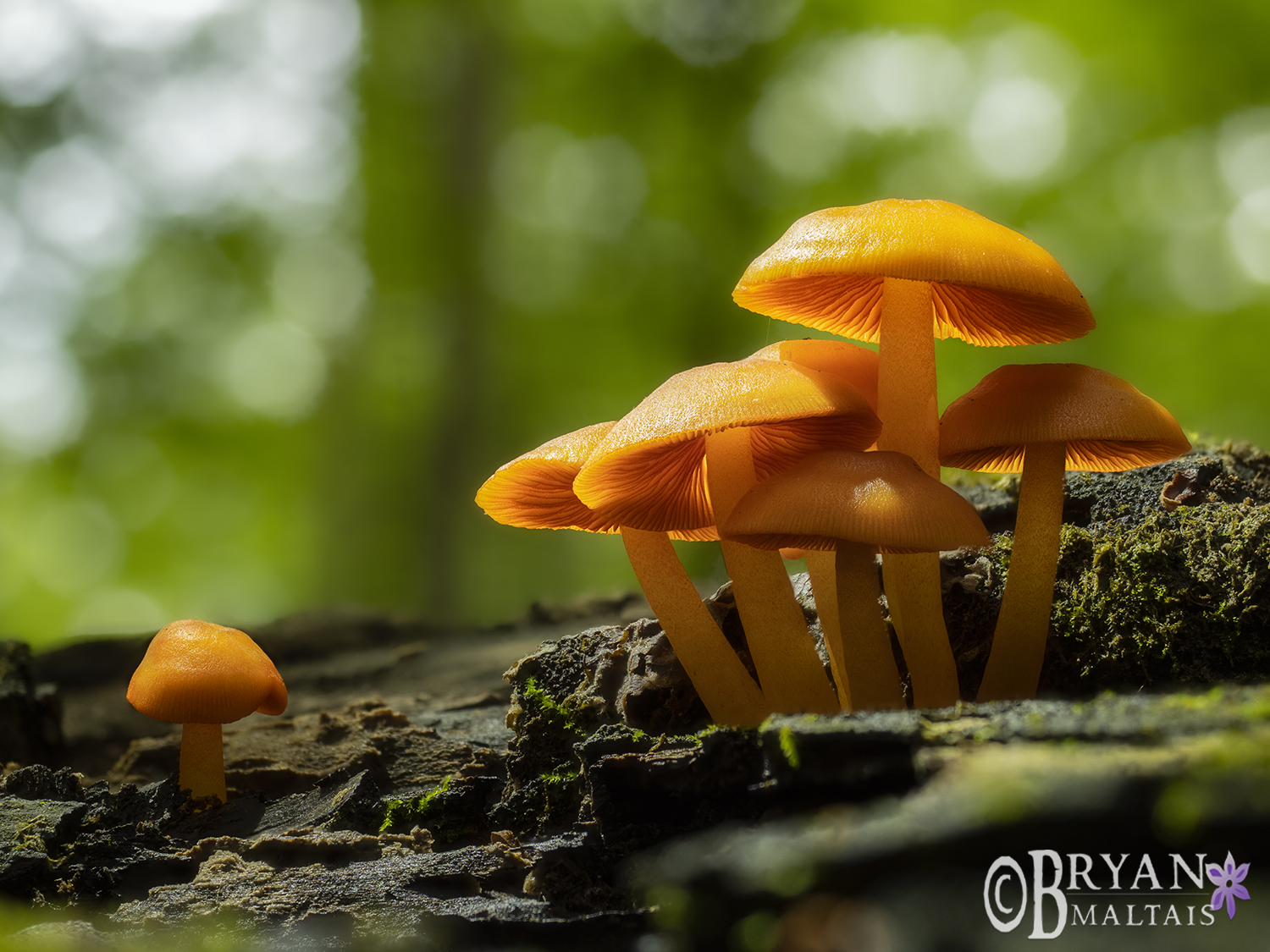
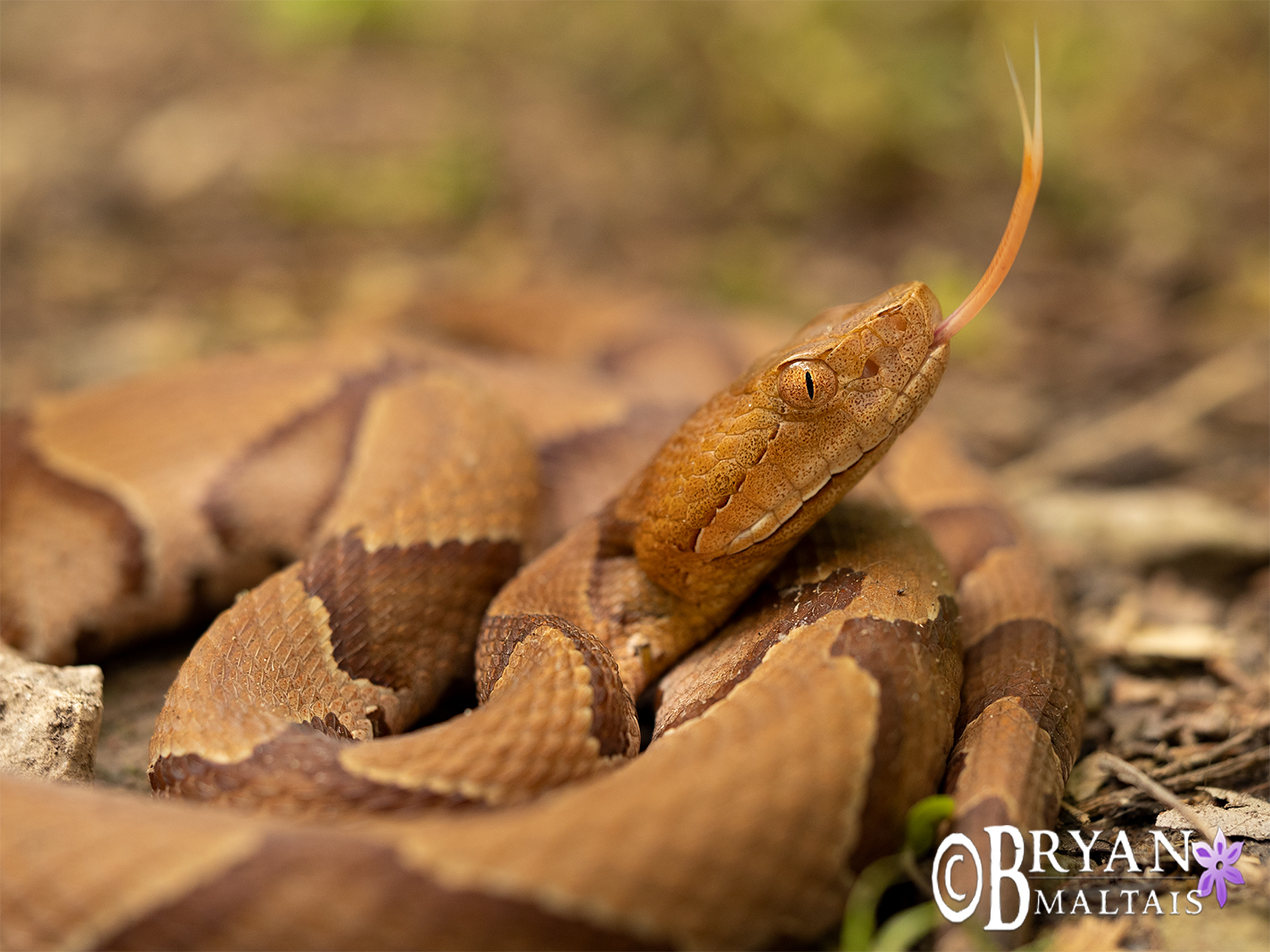
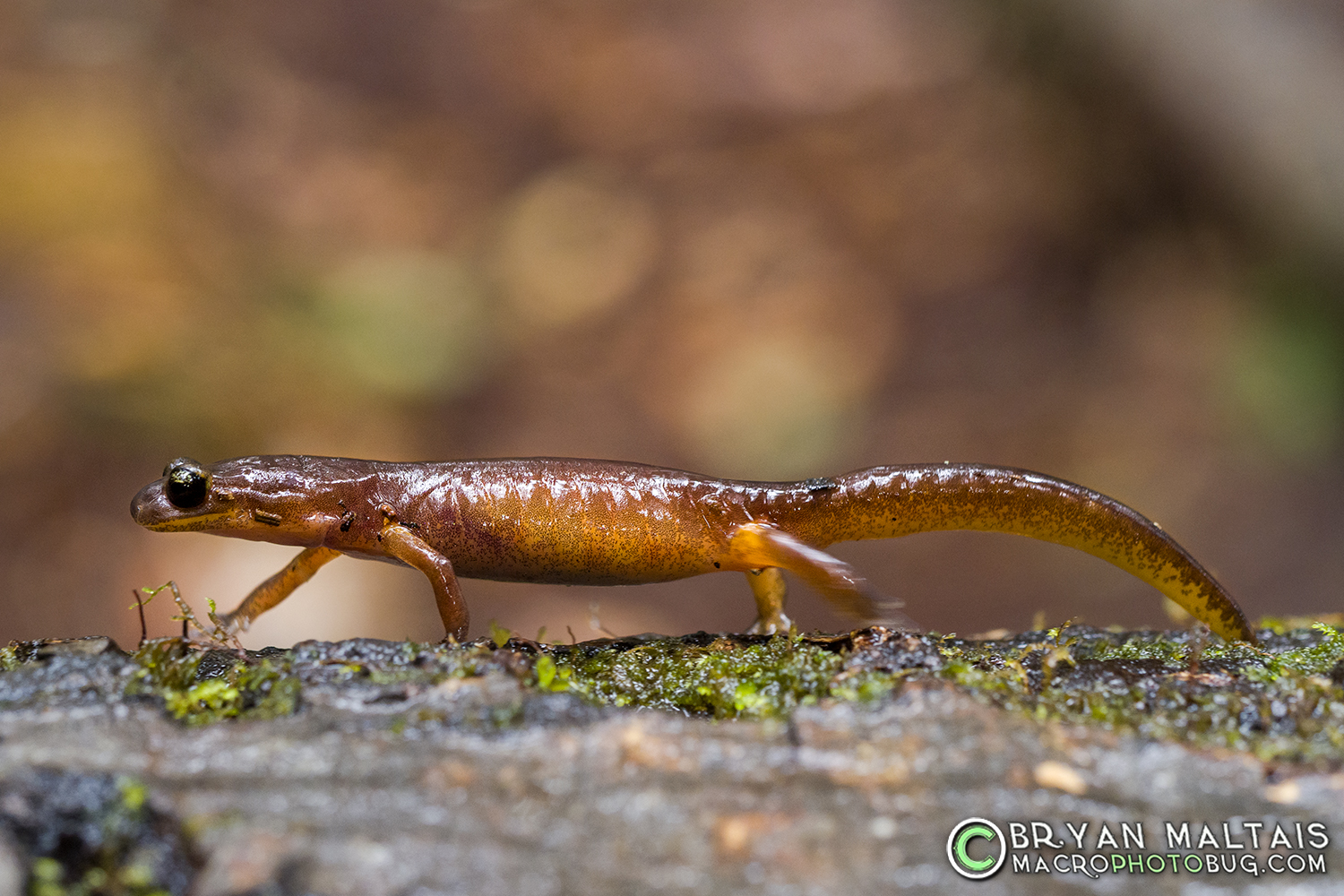
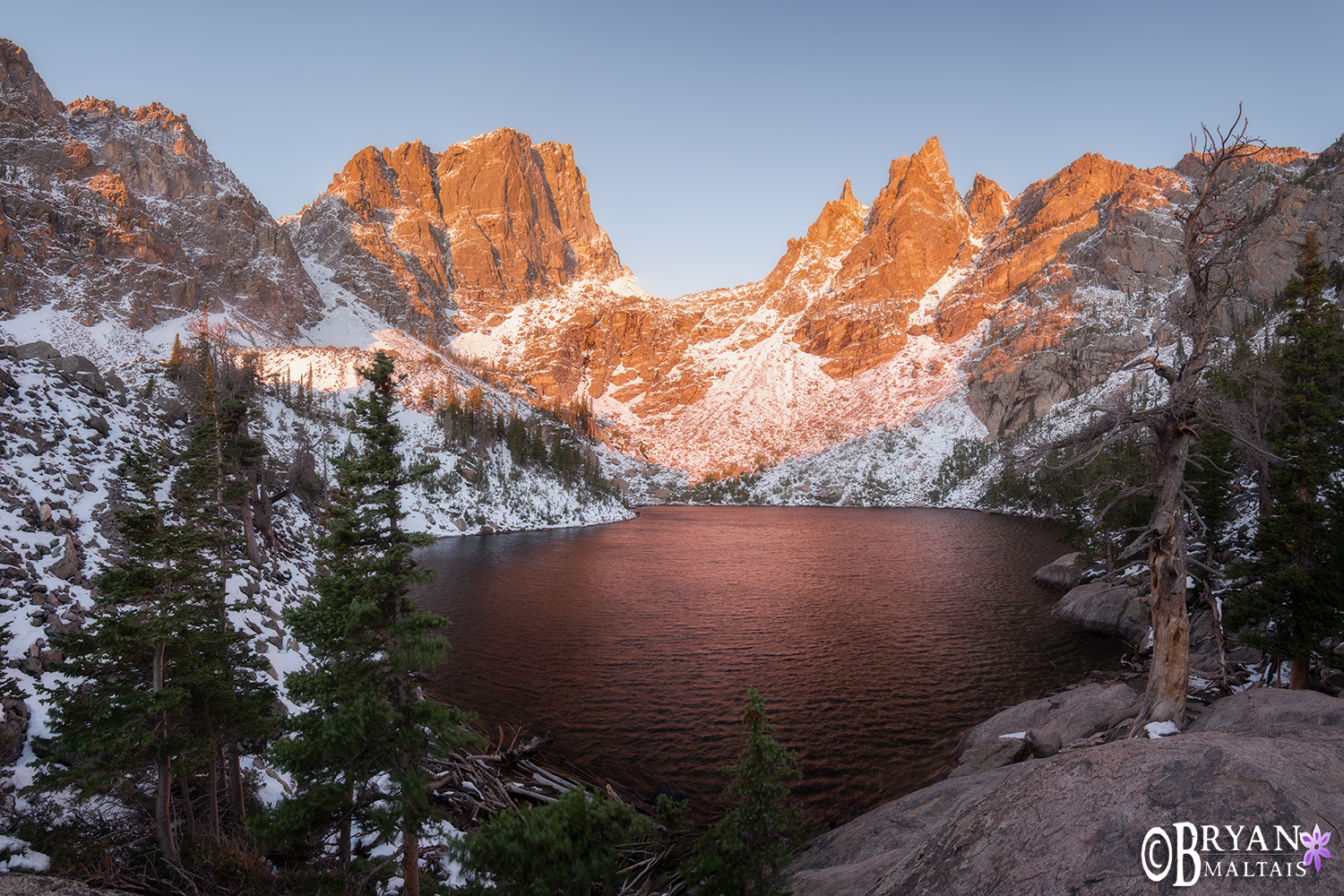

Bryan, your photos are a respite from the world’s difficult challenges. Plus, you provide information that adds to the experience of viewing them while adding to my knowledge. As an avid amateur photographer they provide inspiration to improve.
Thank you Tim, this means a lot!